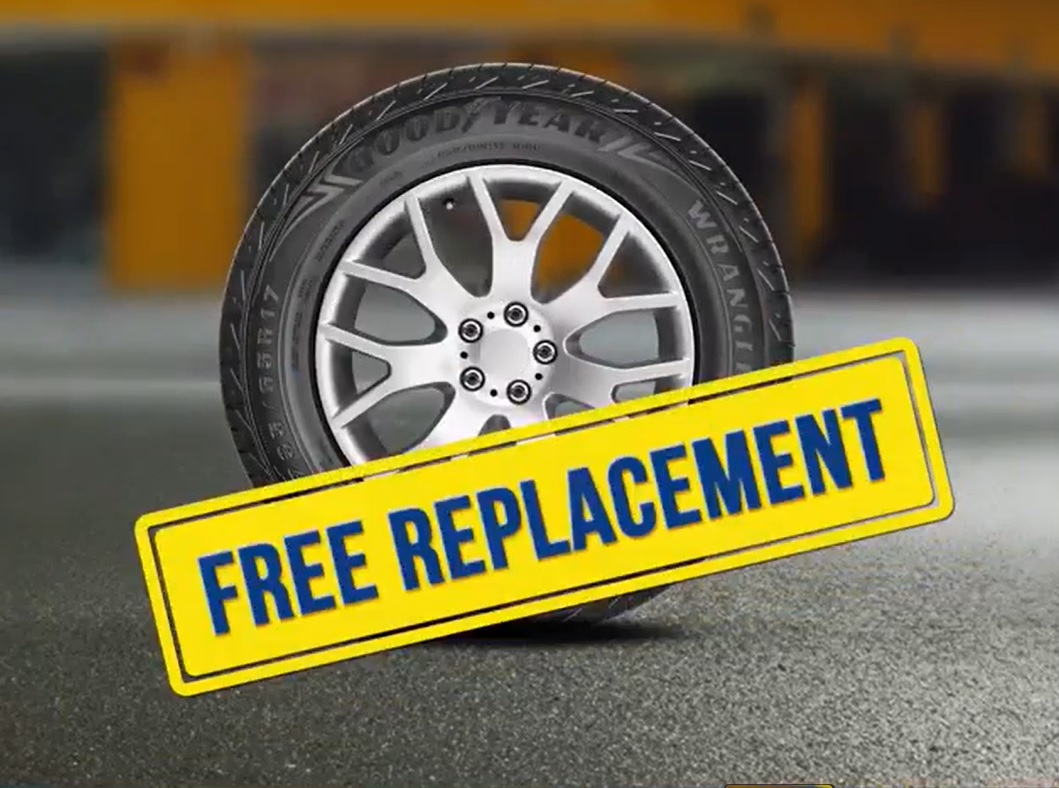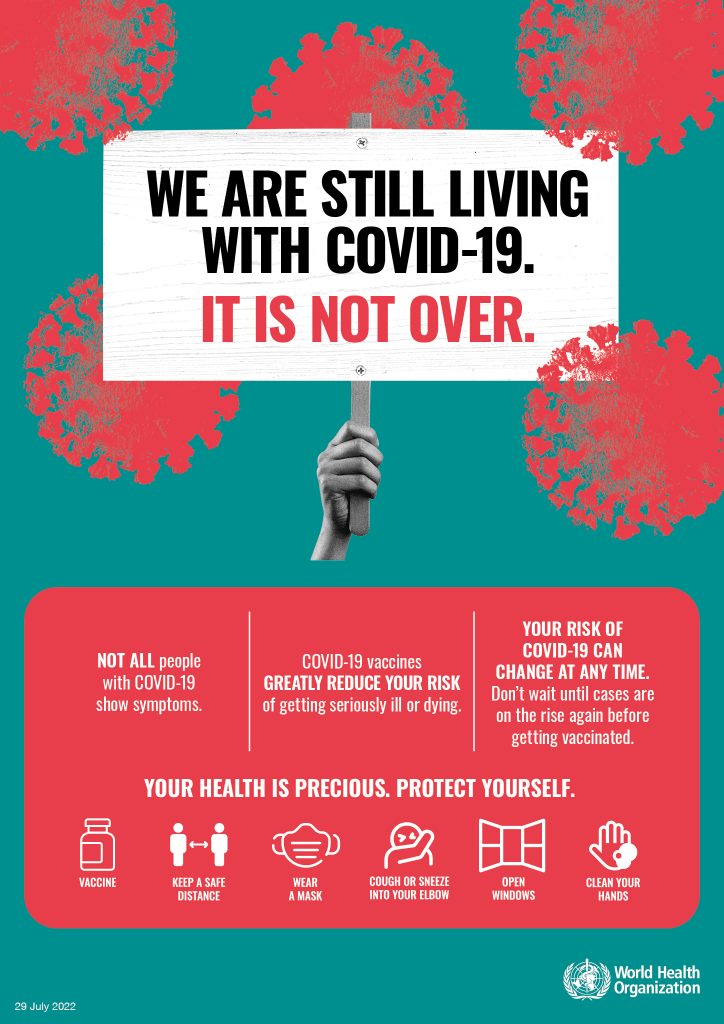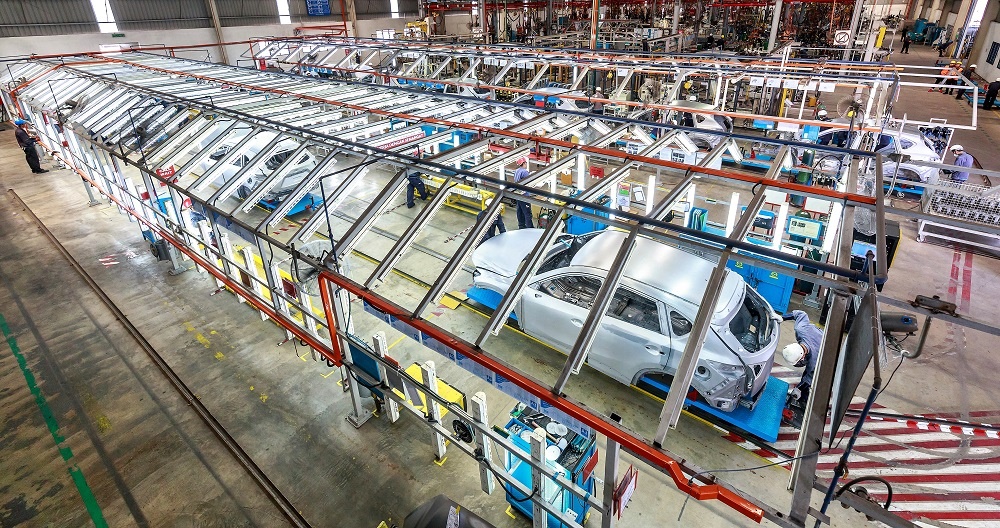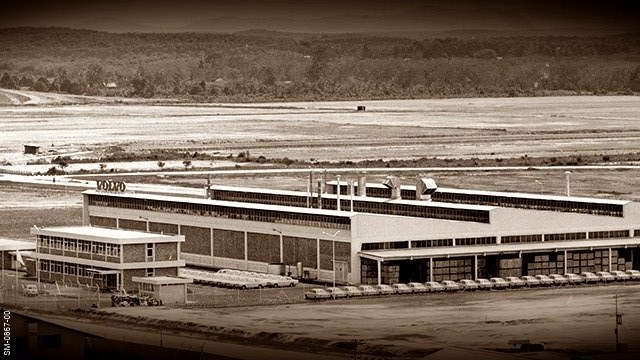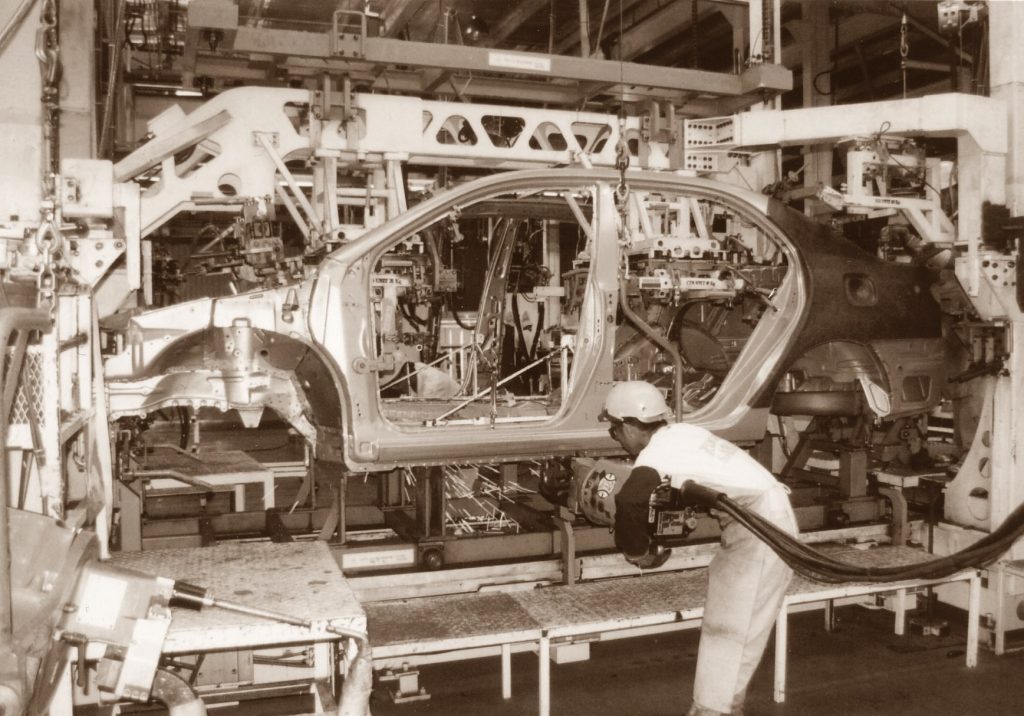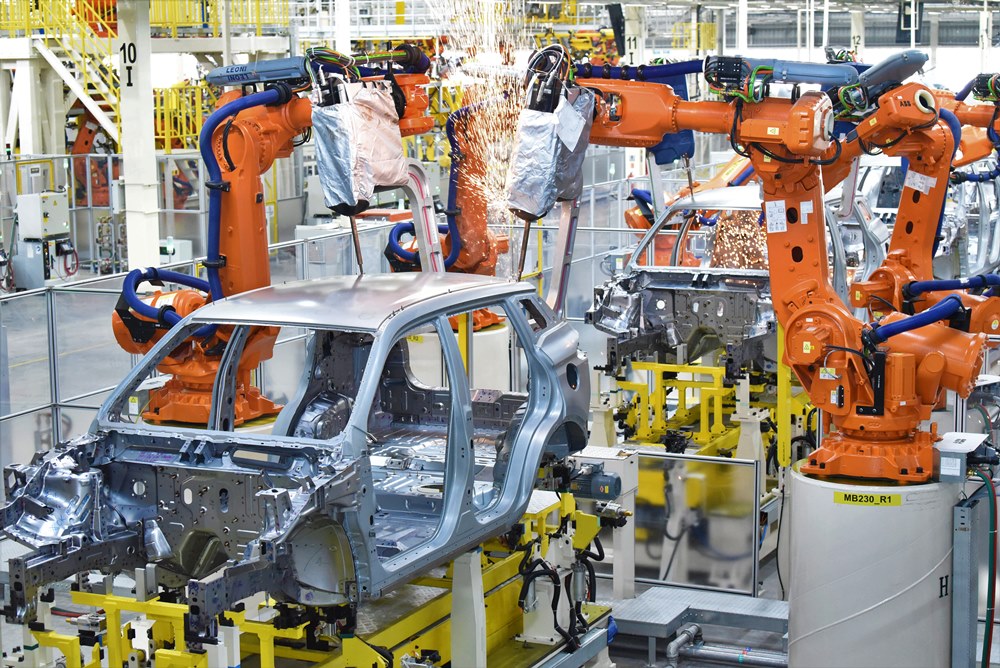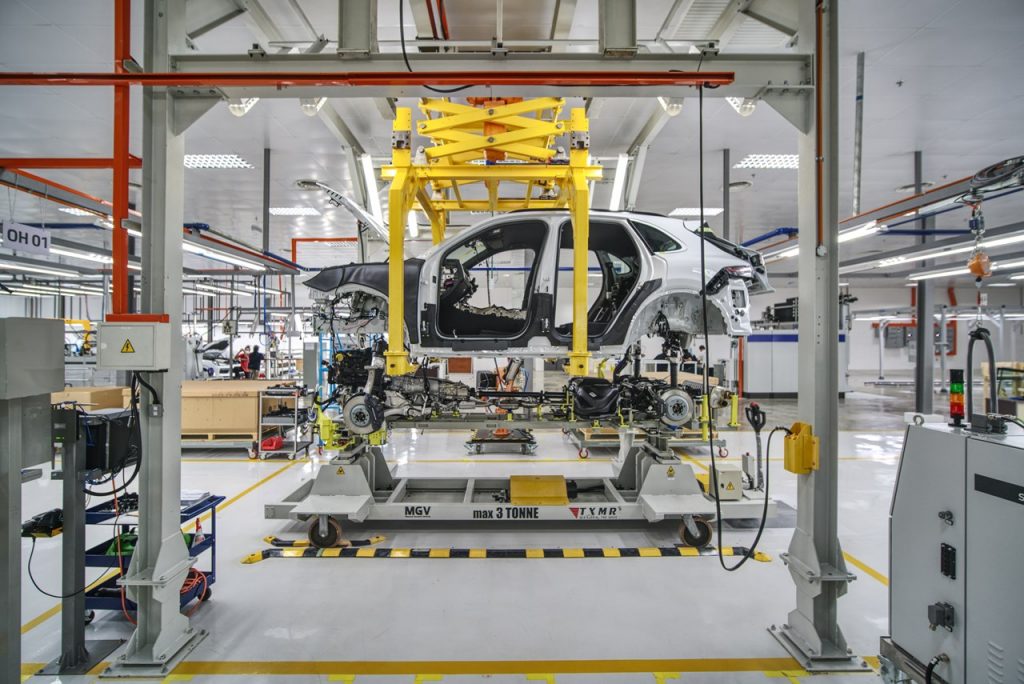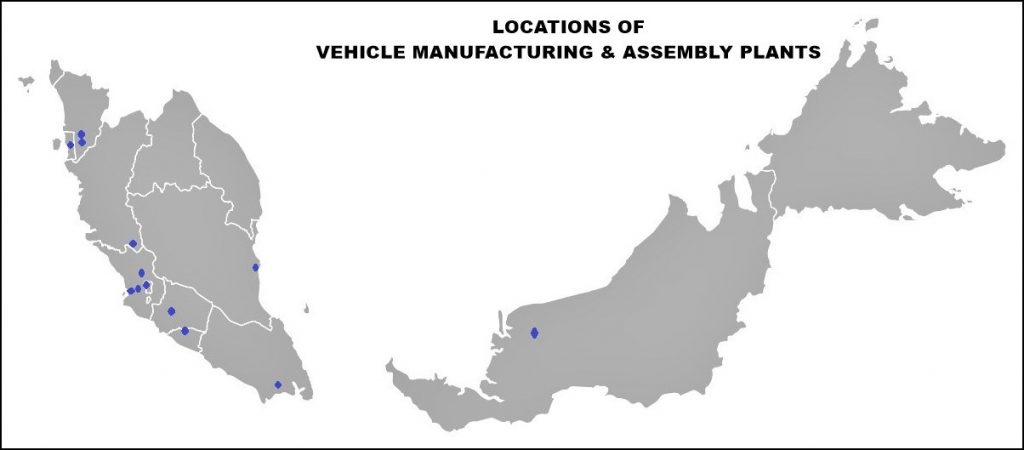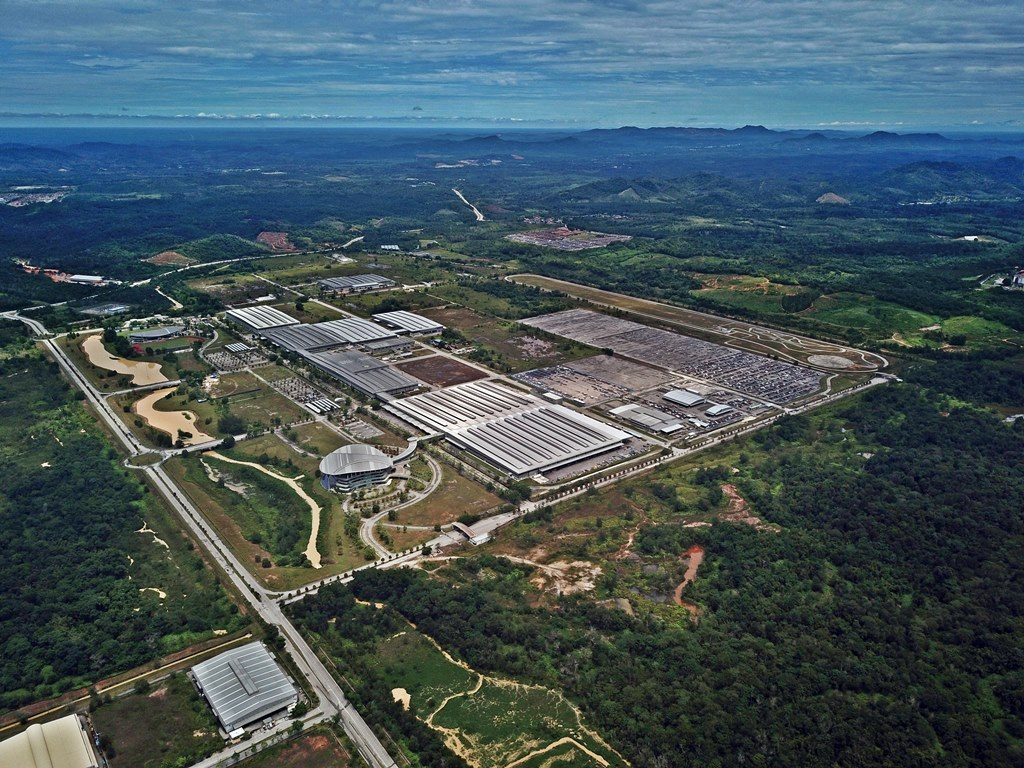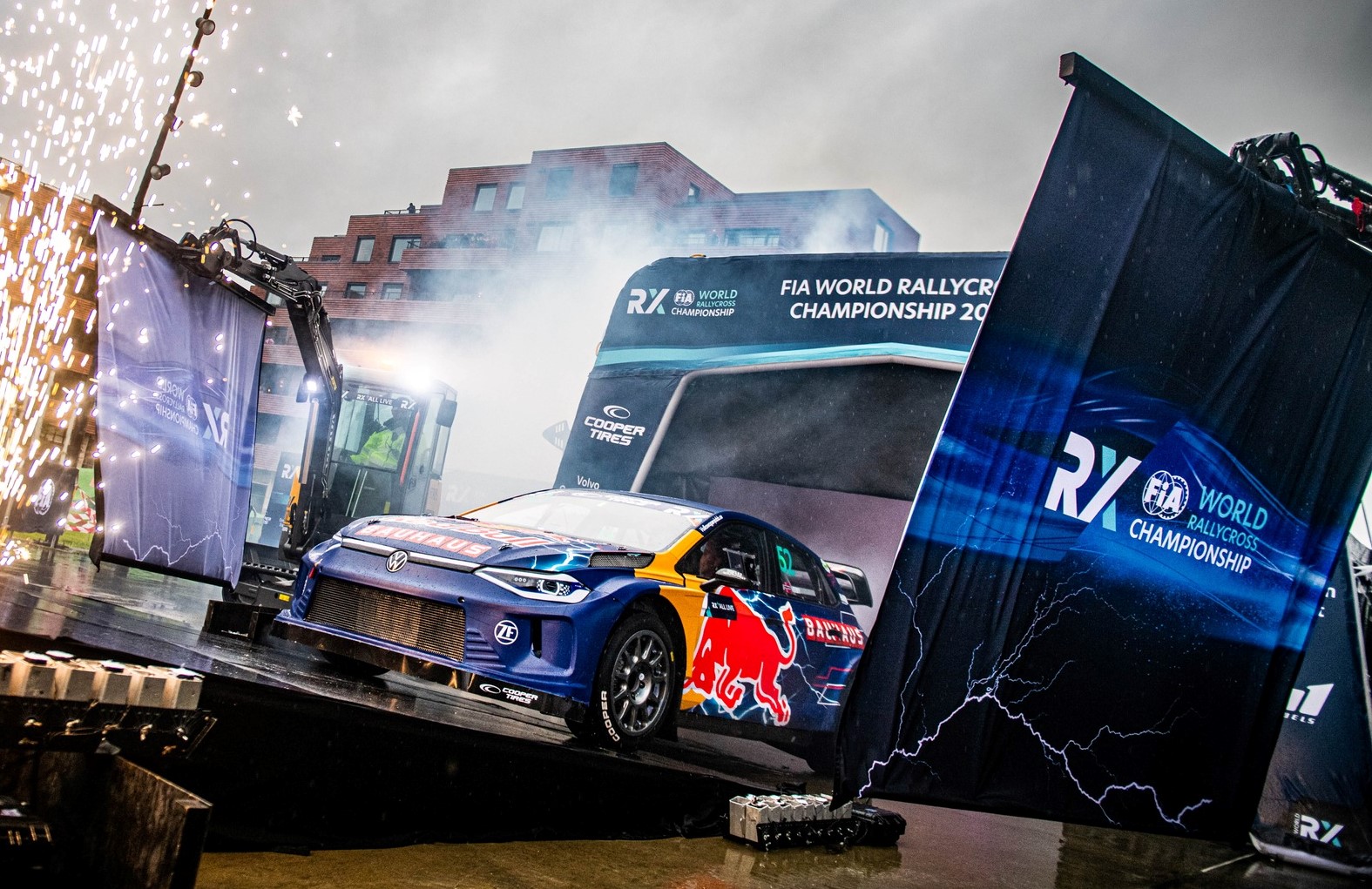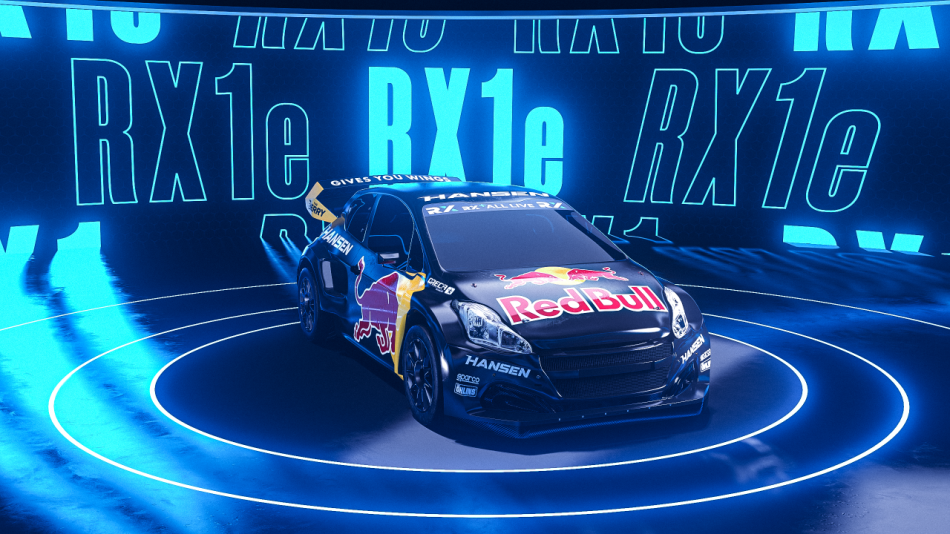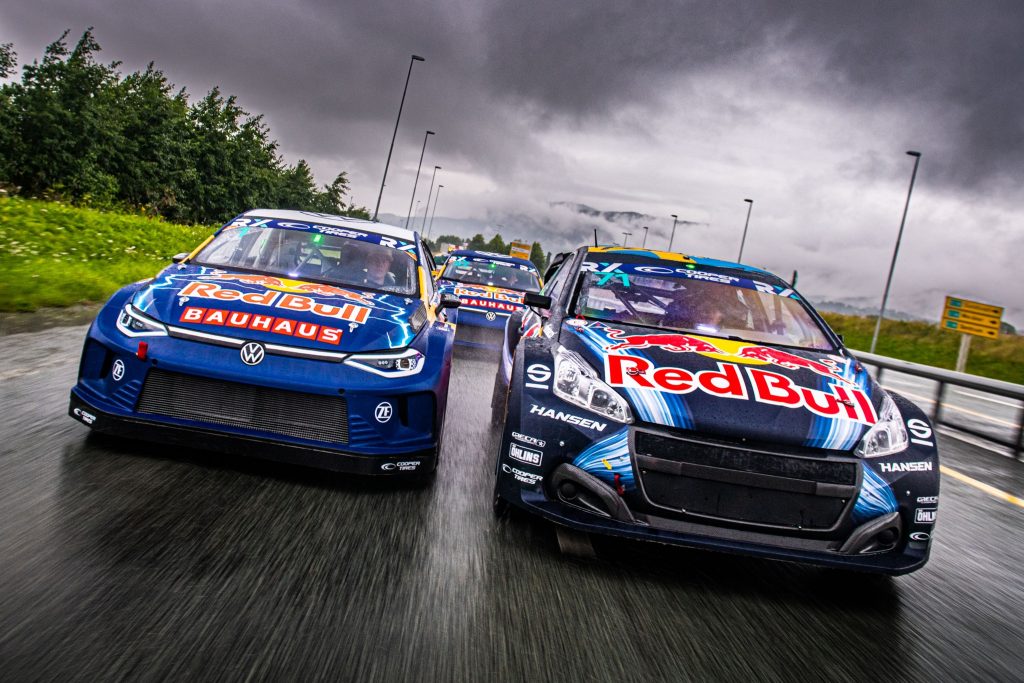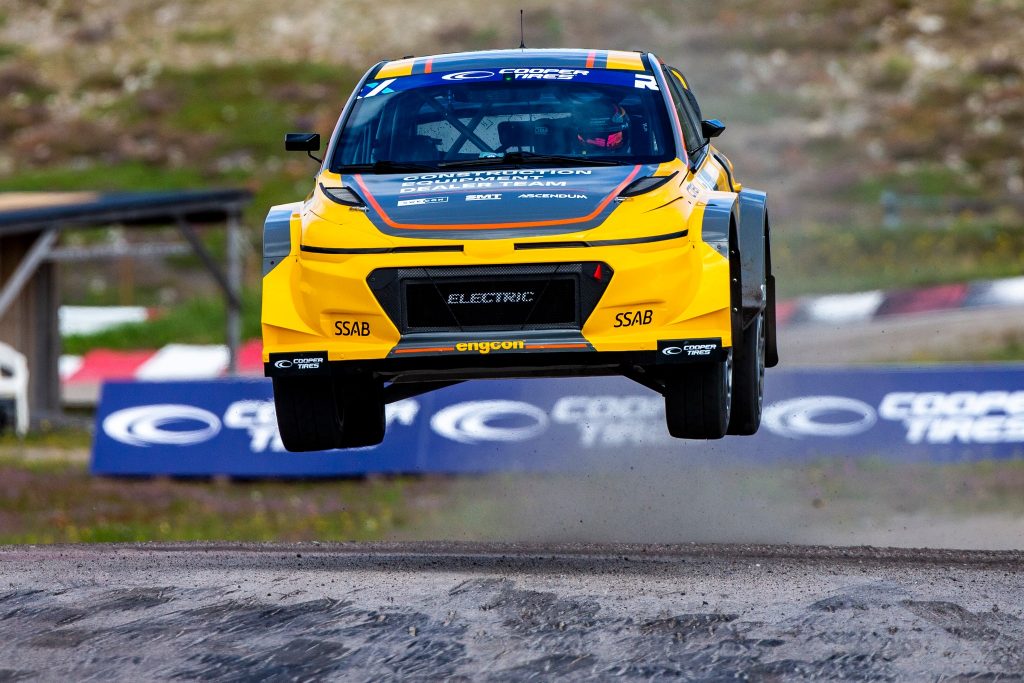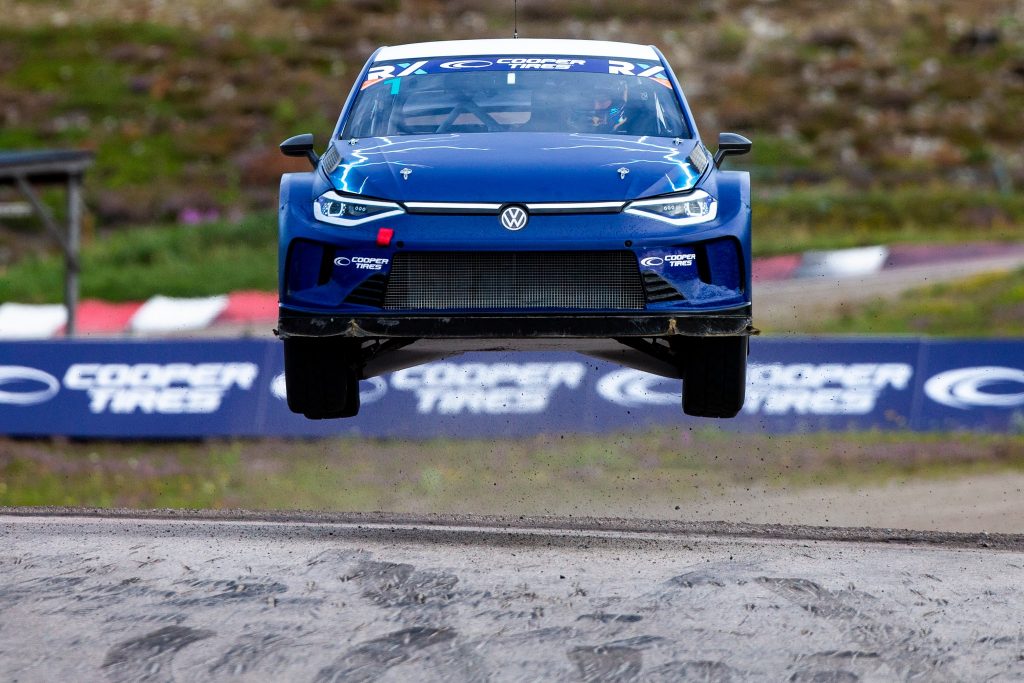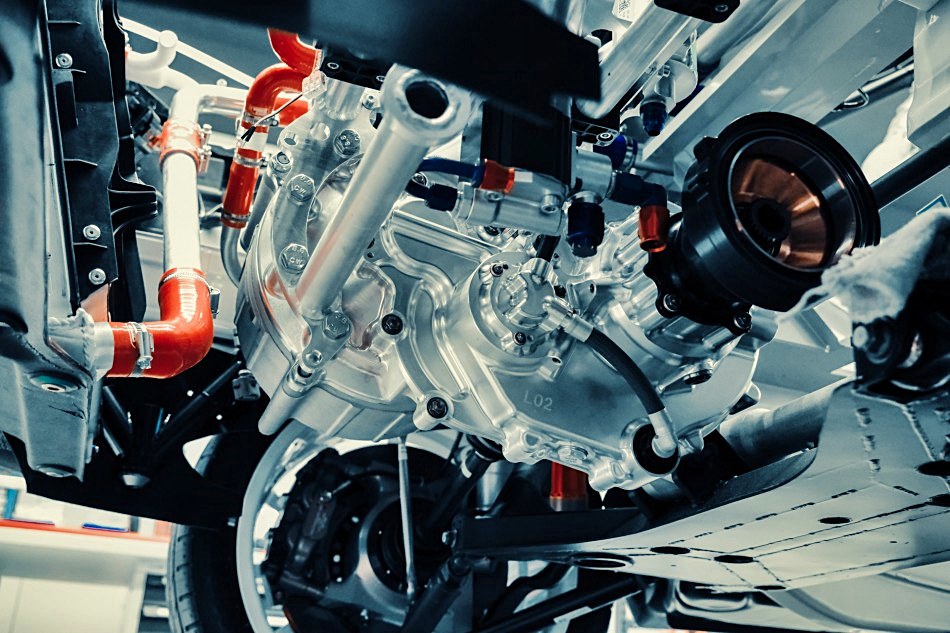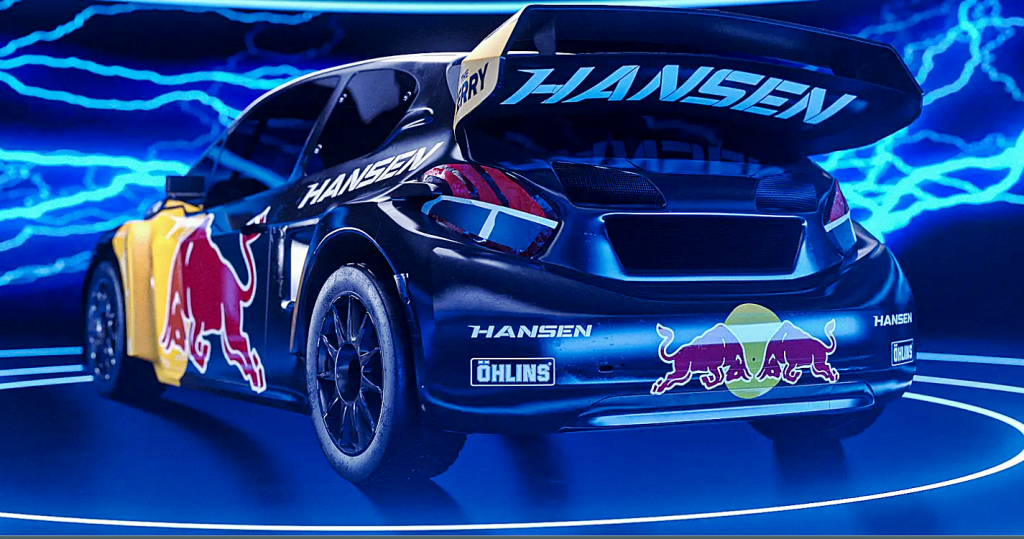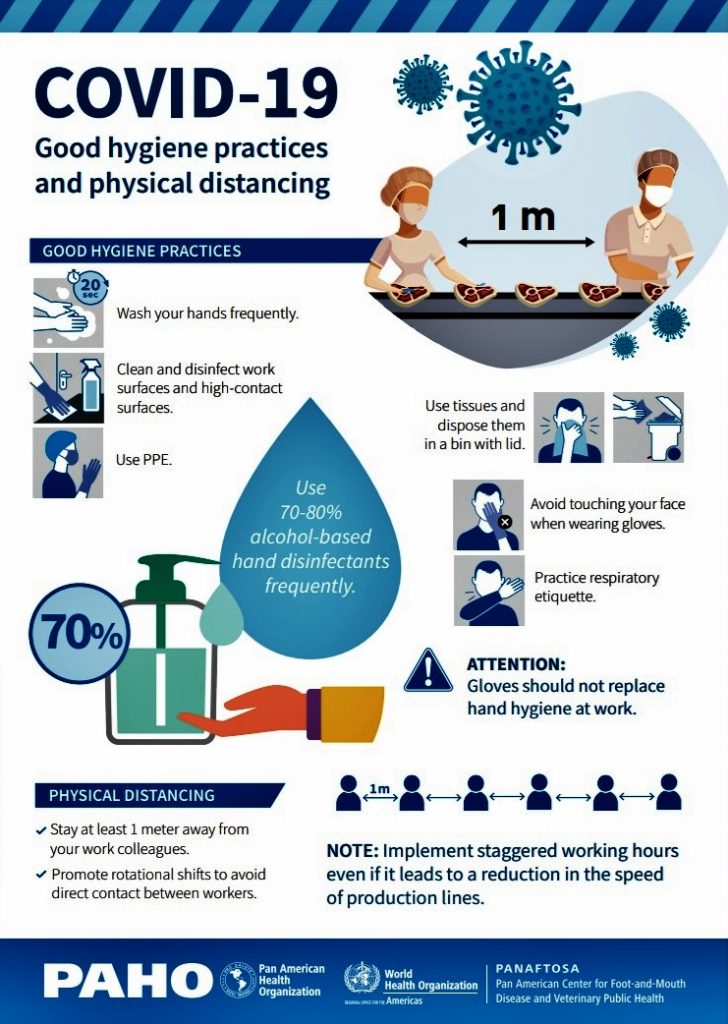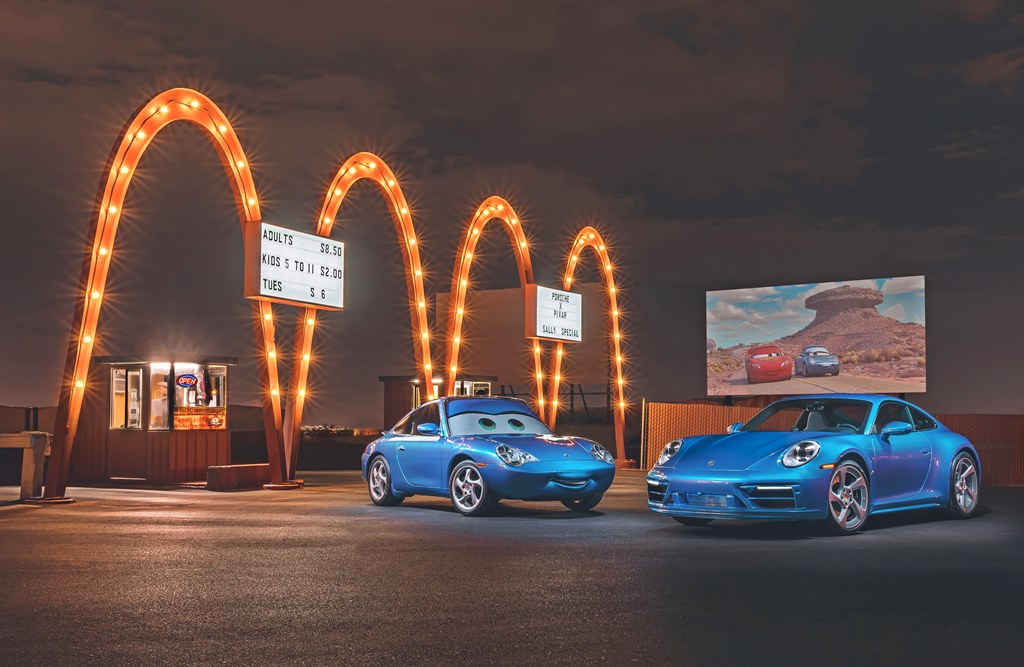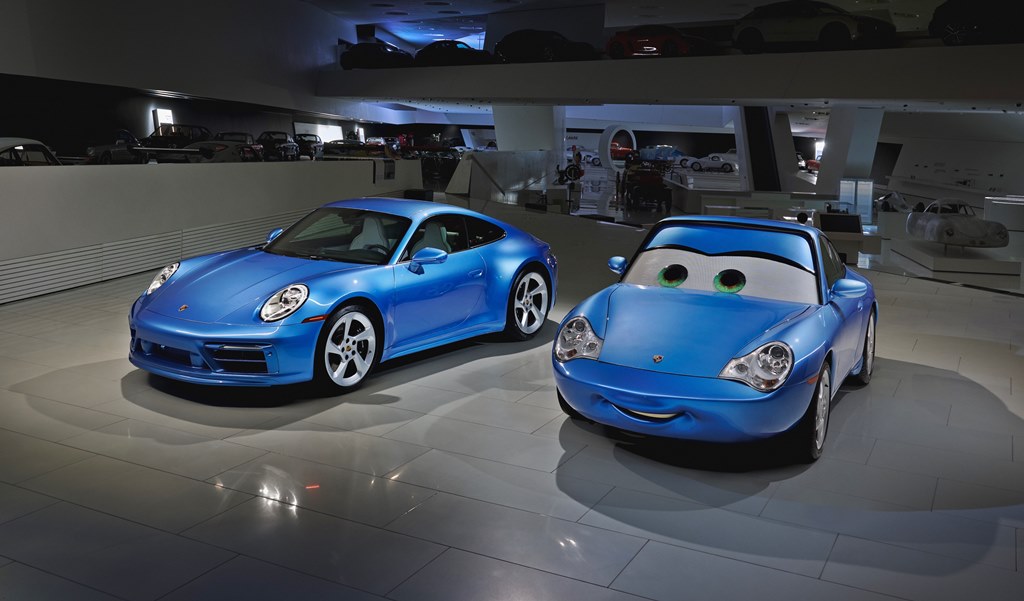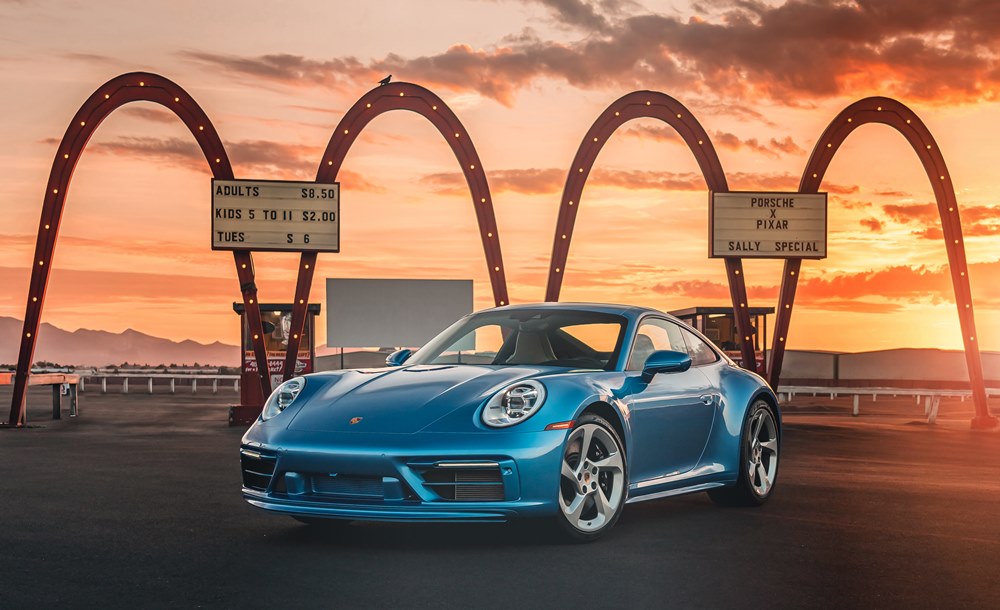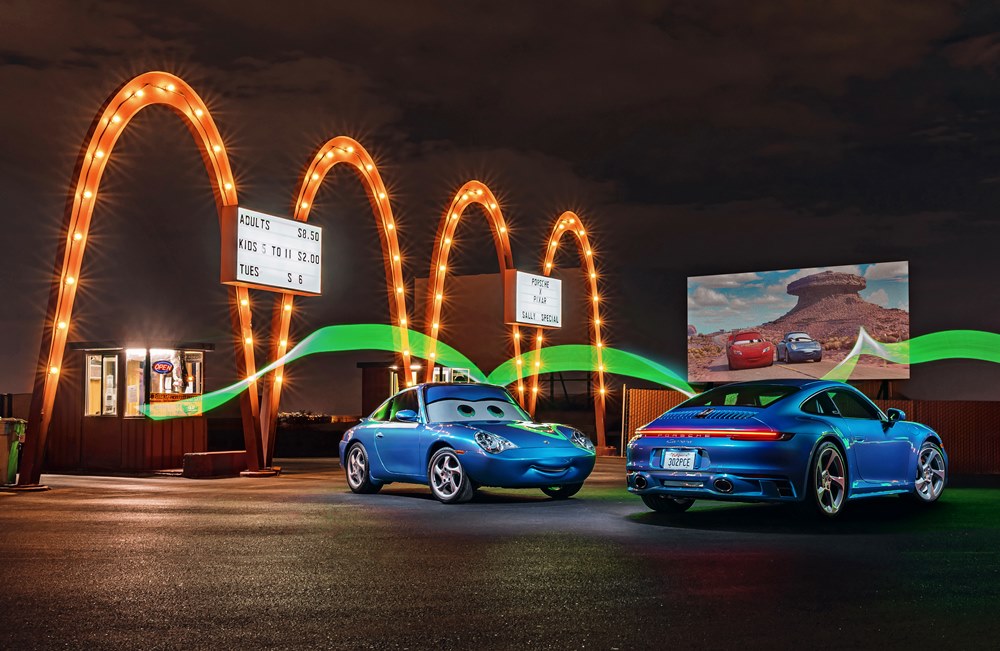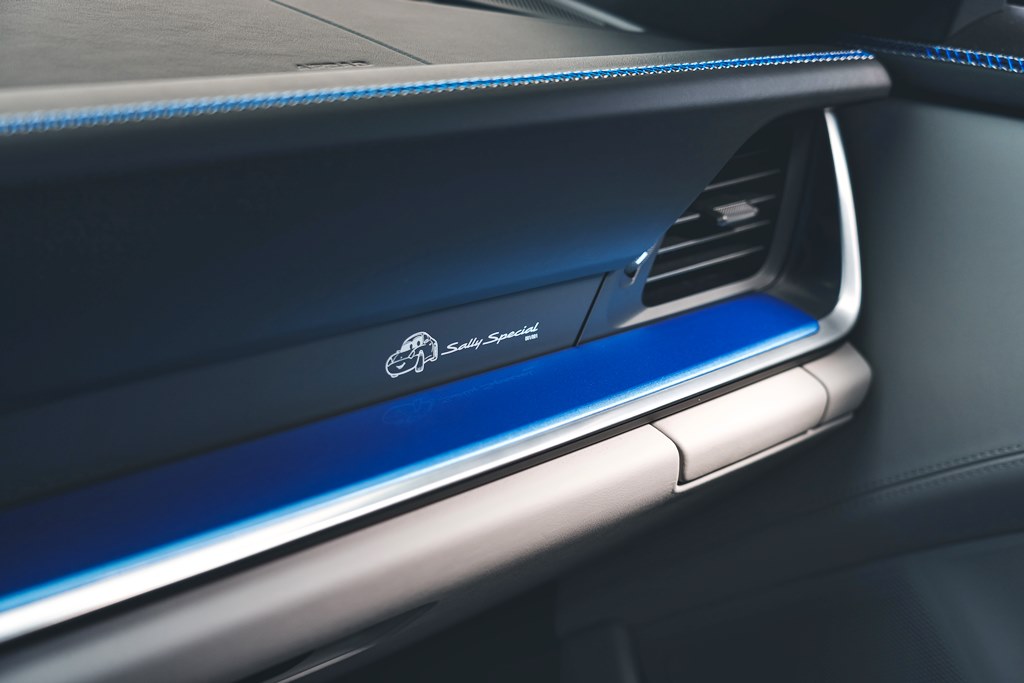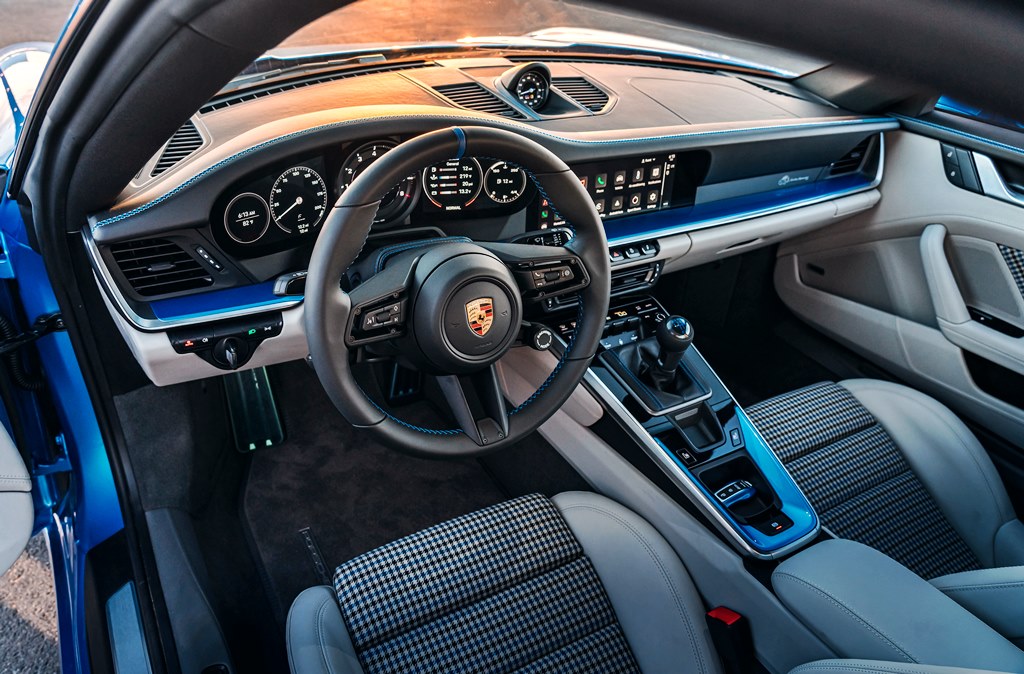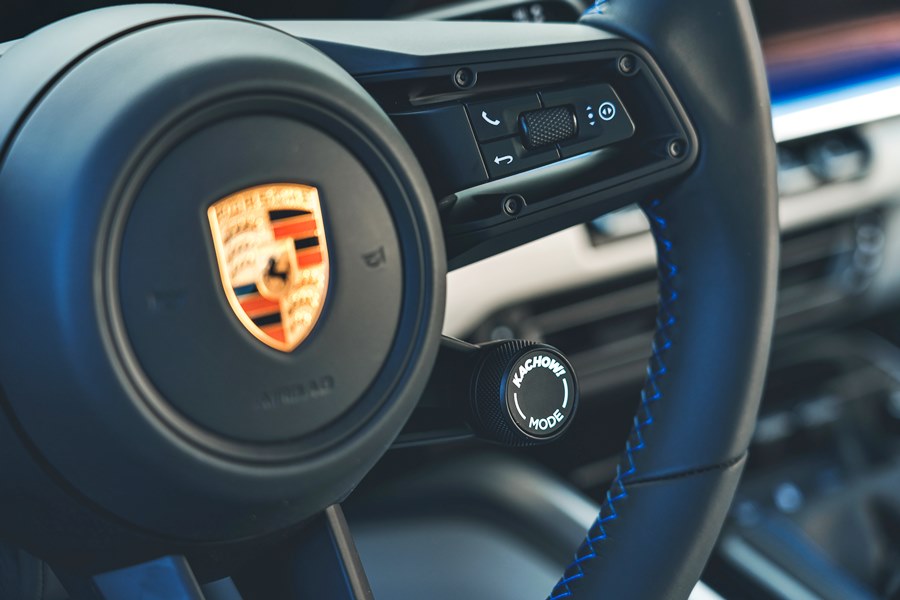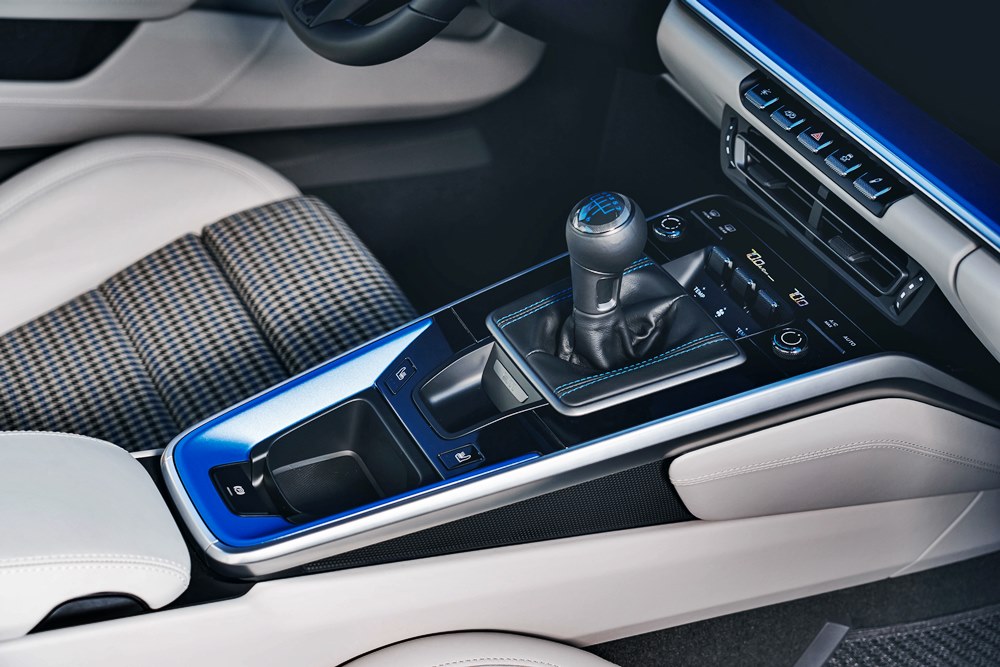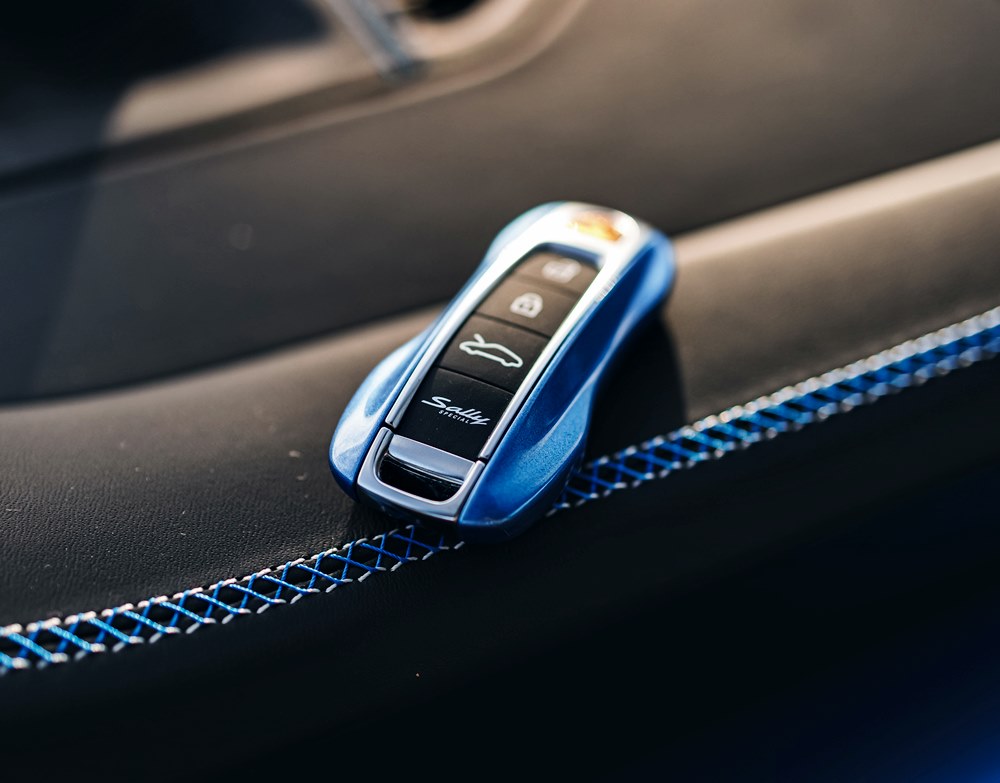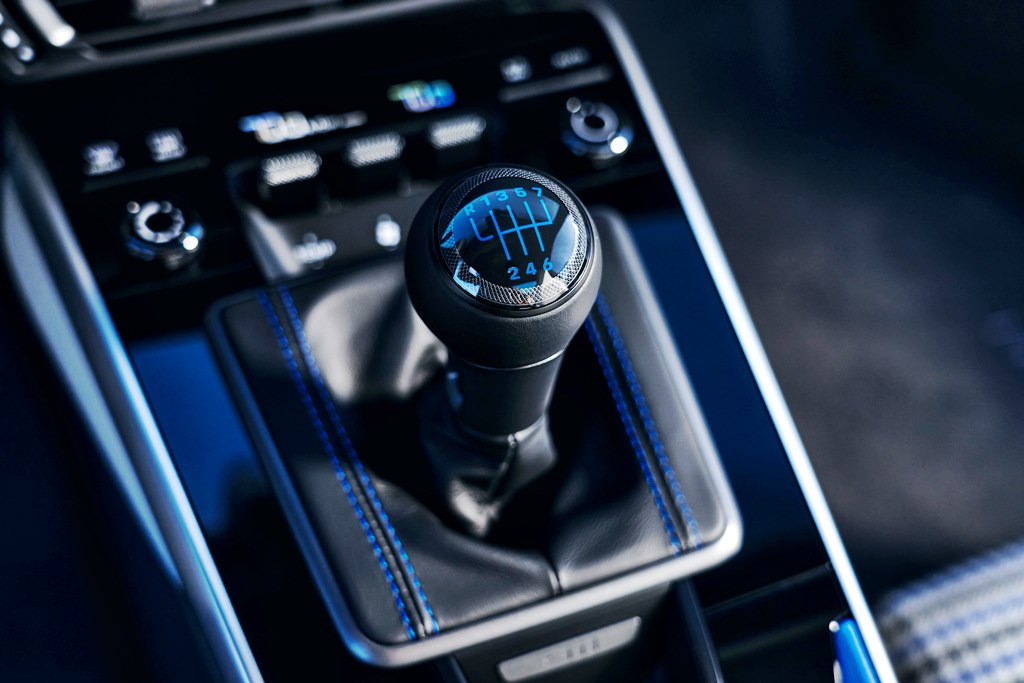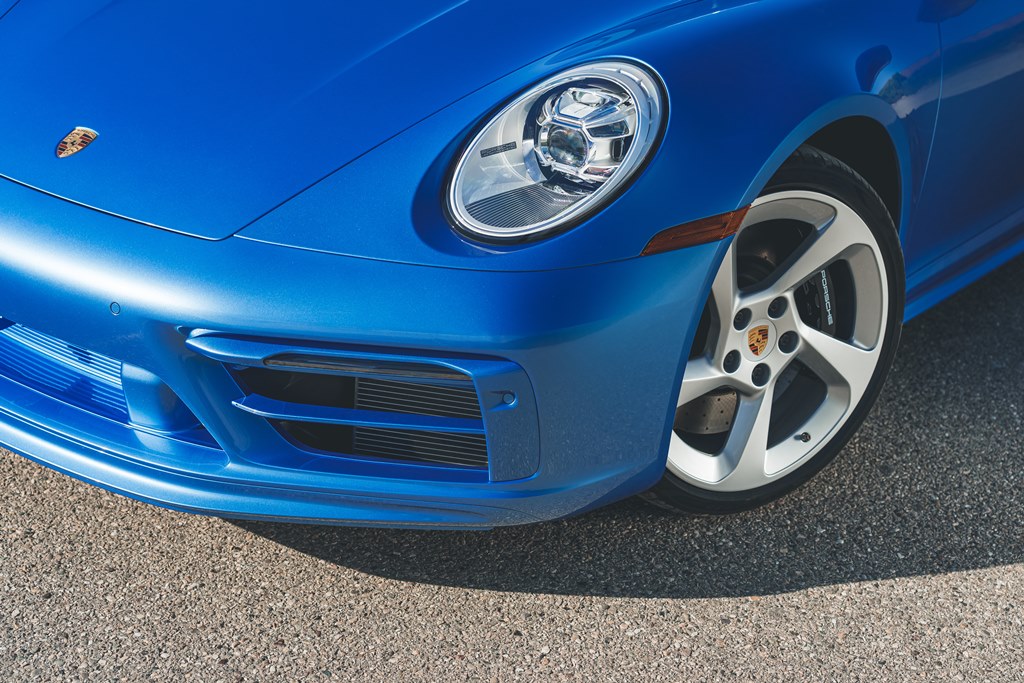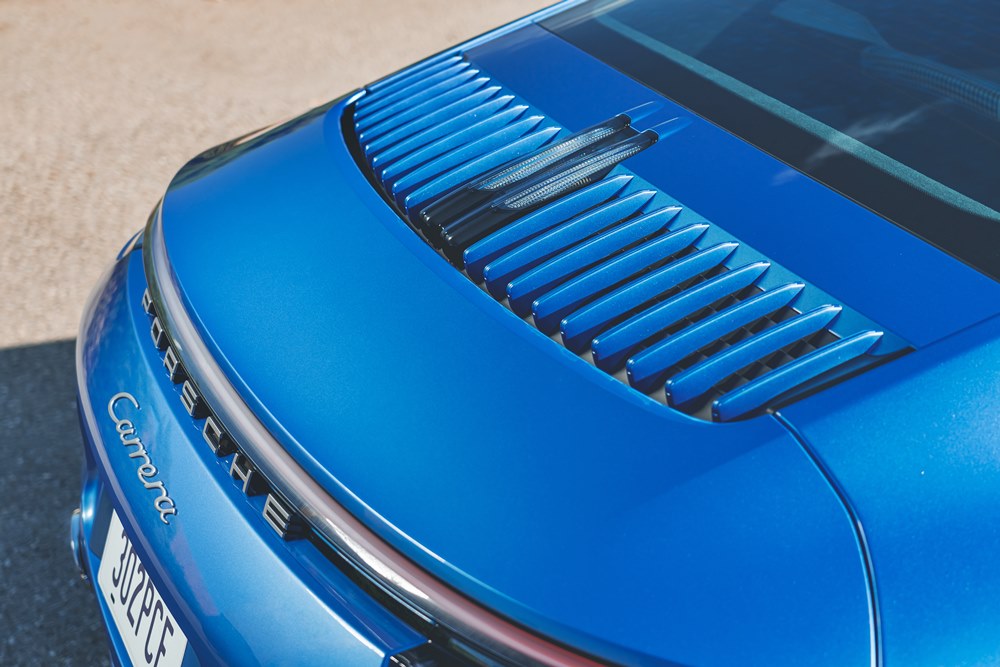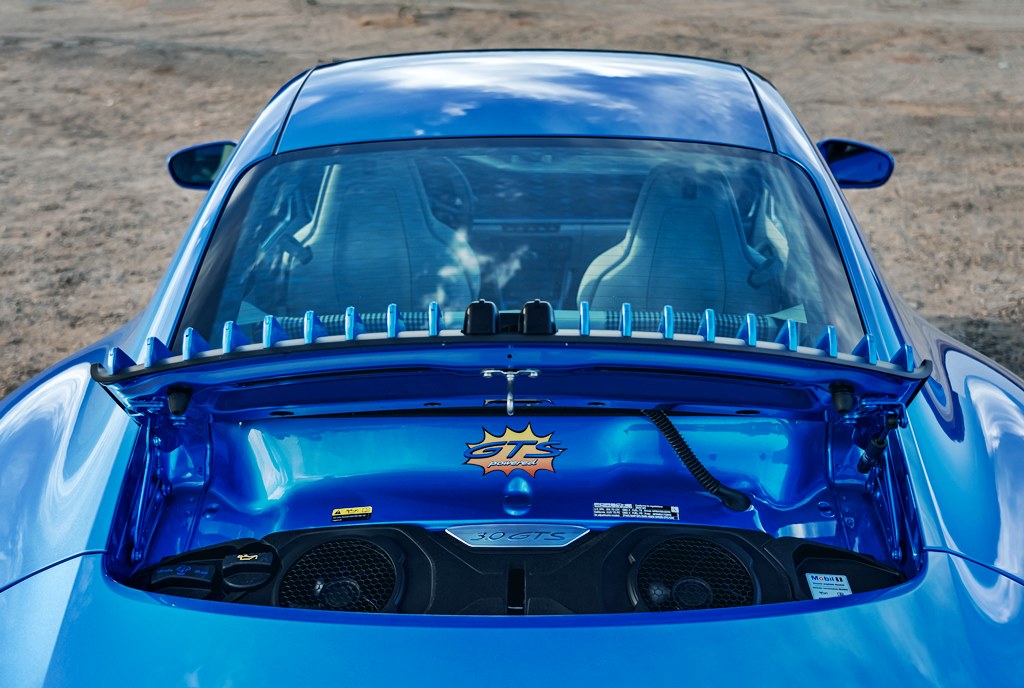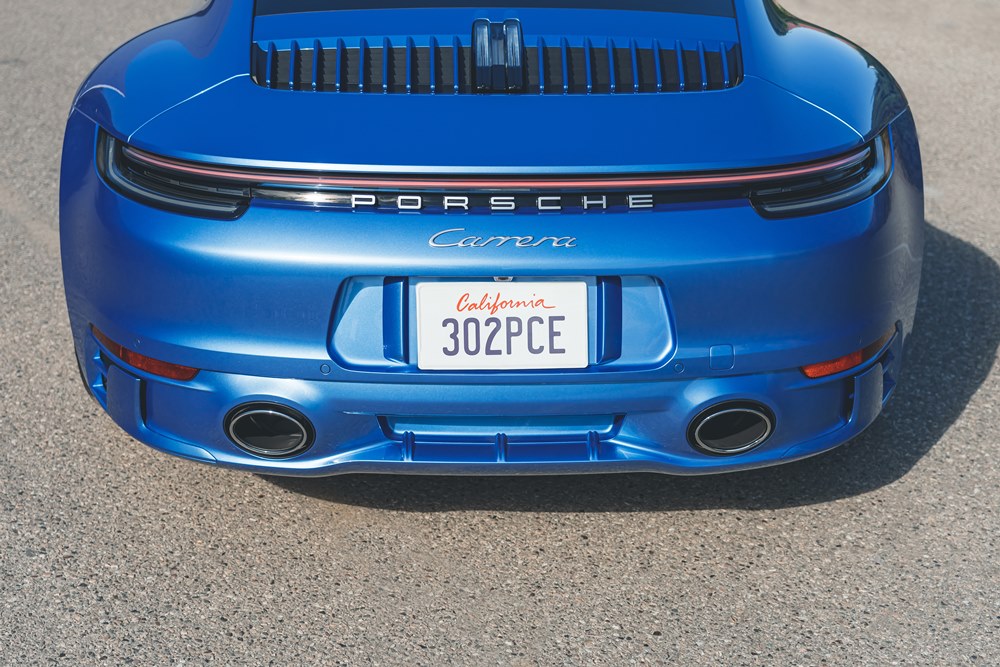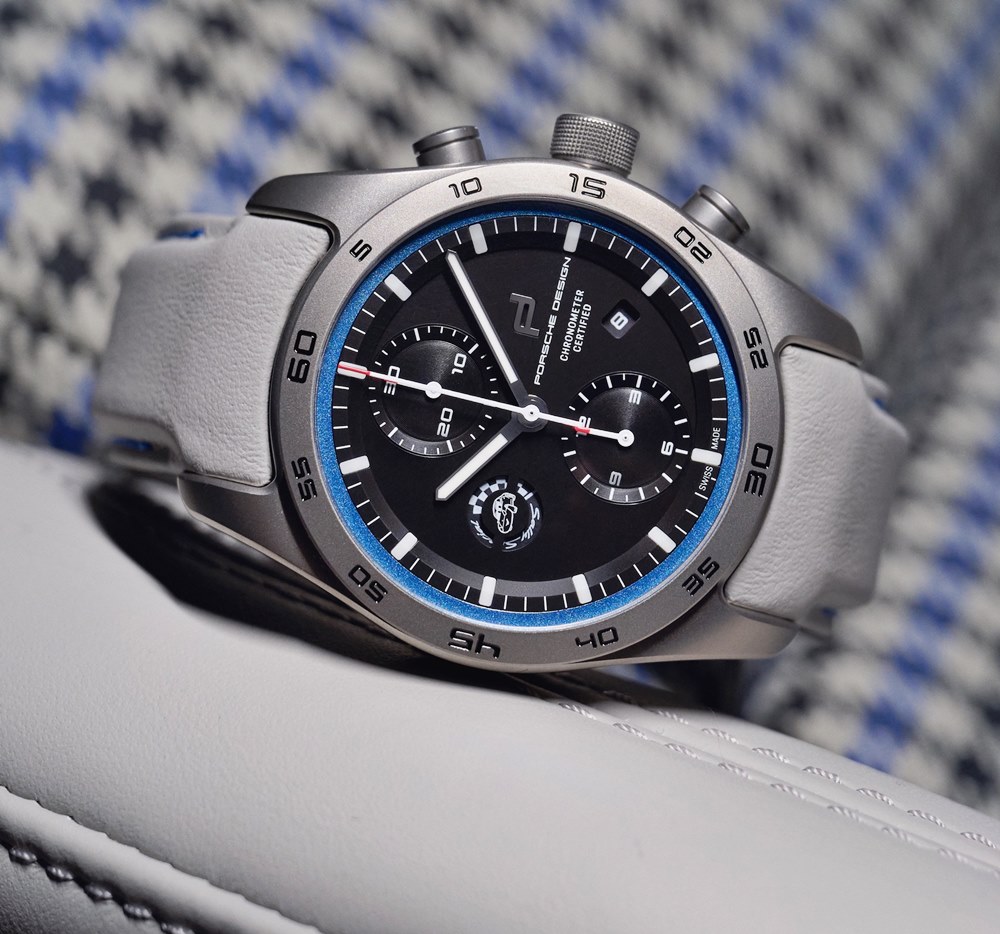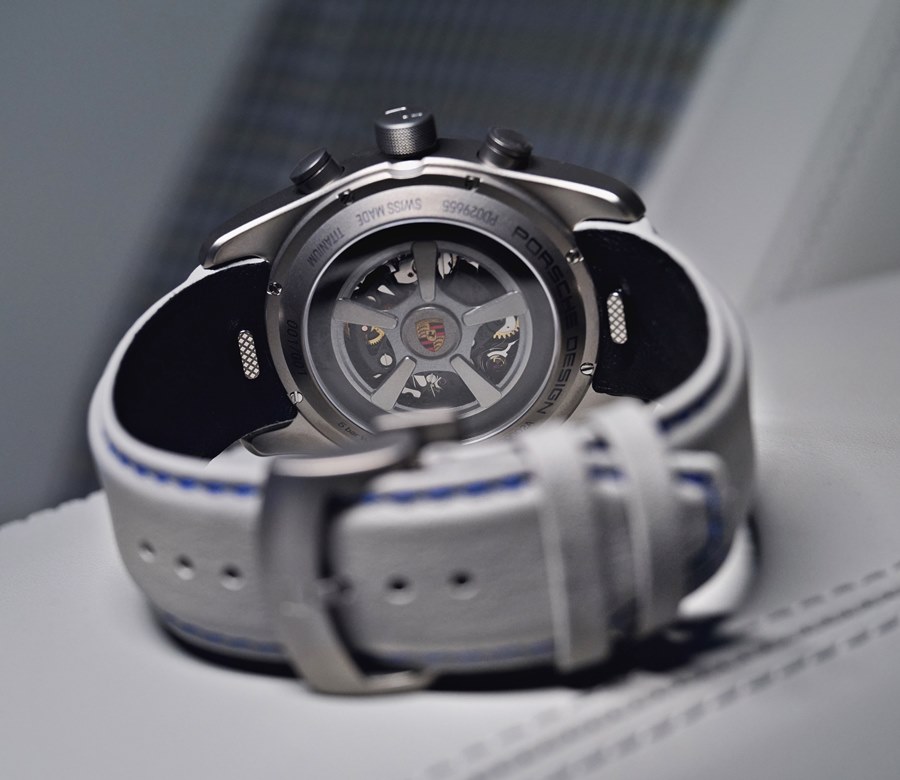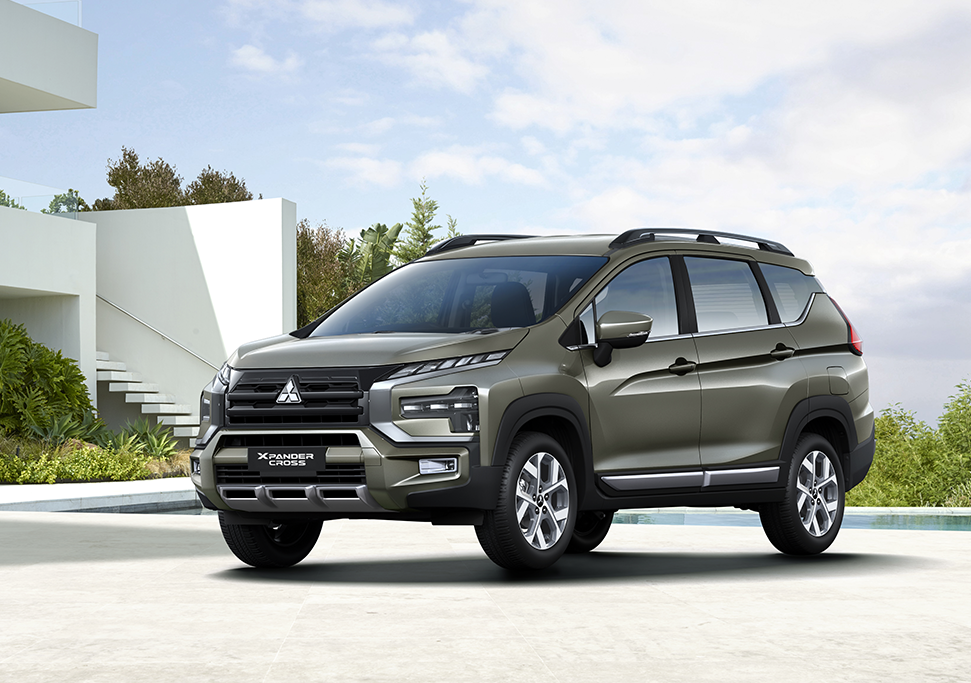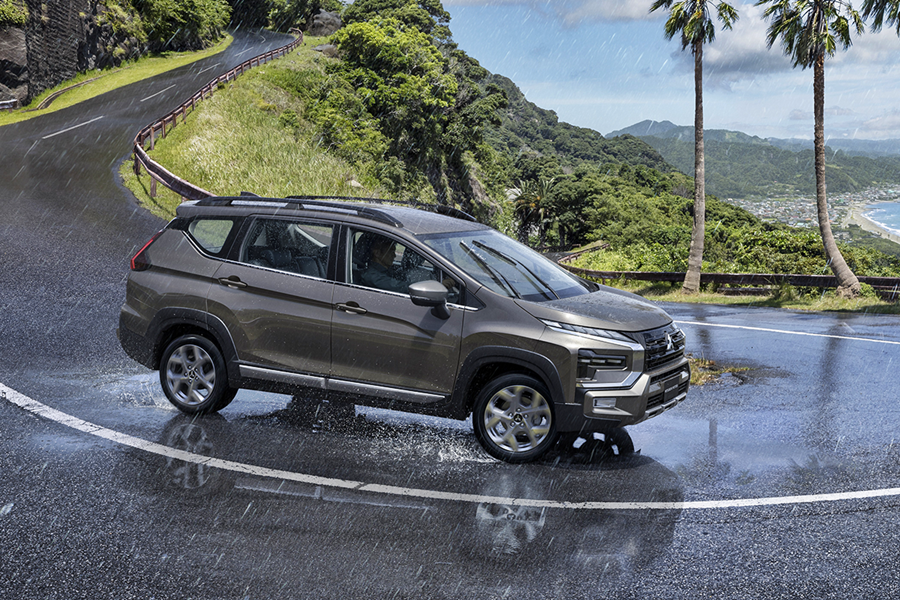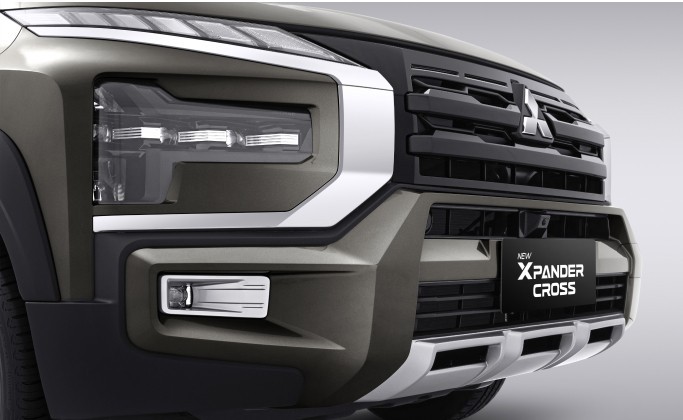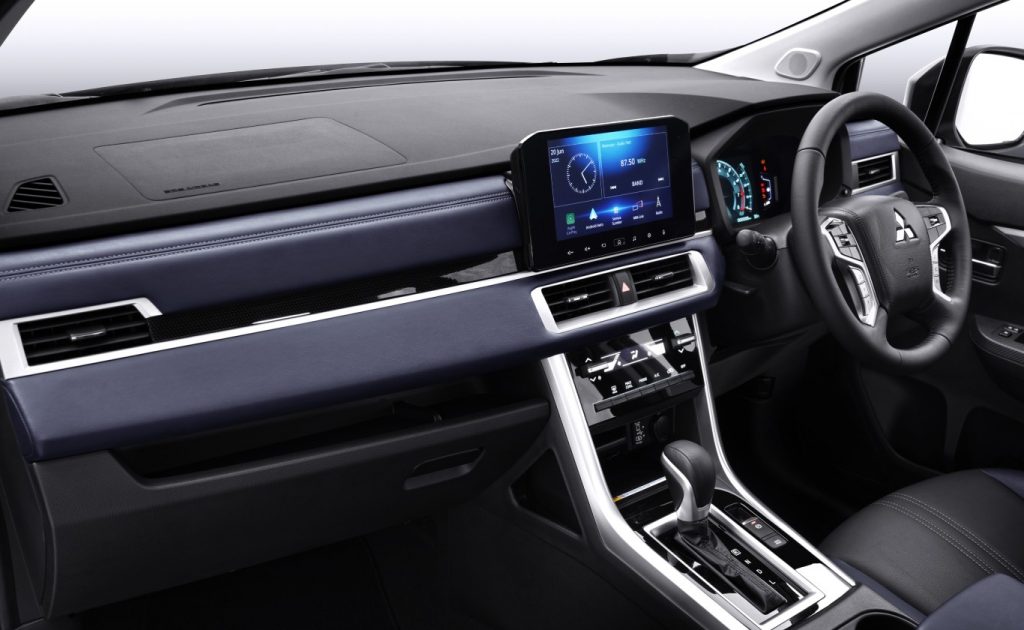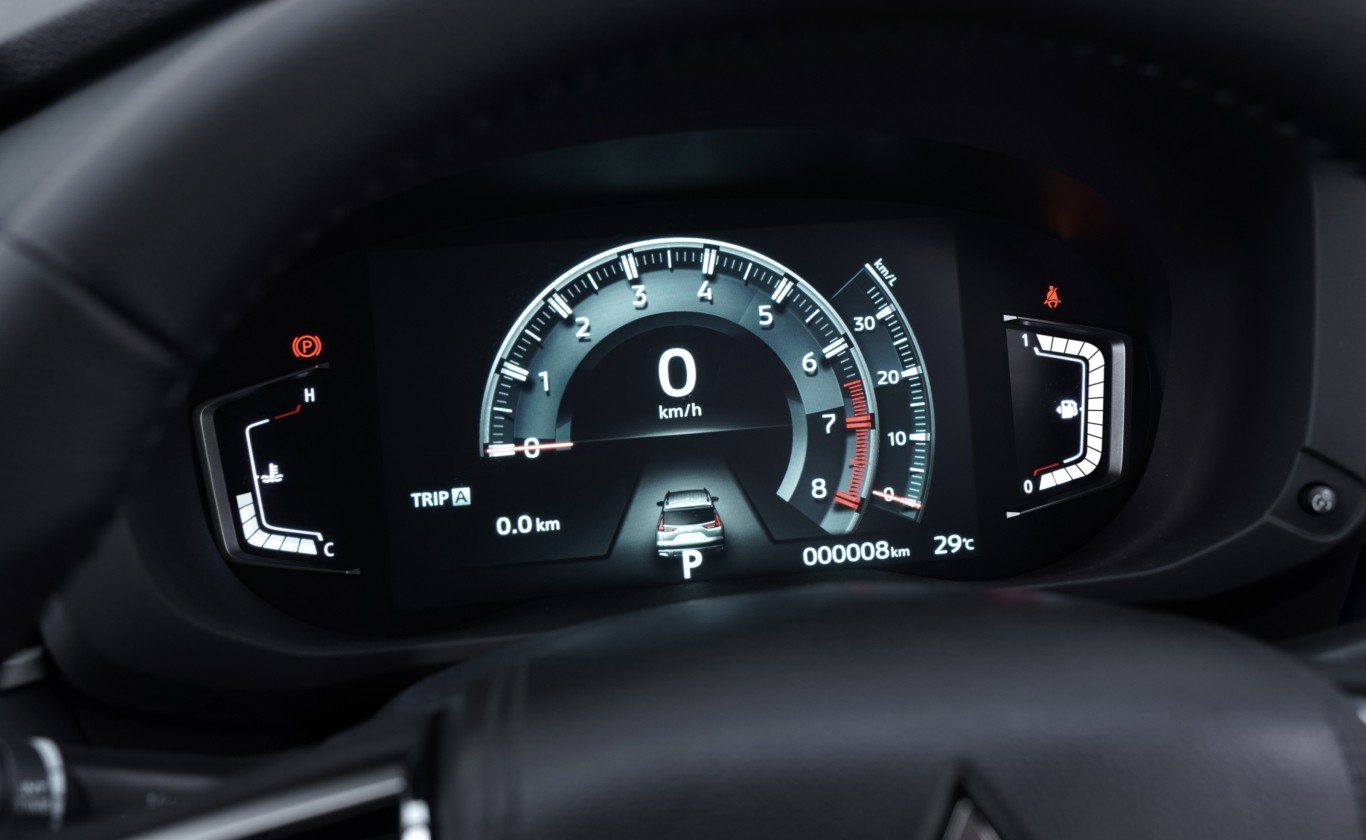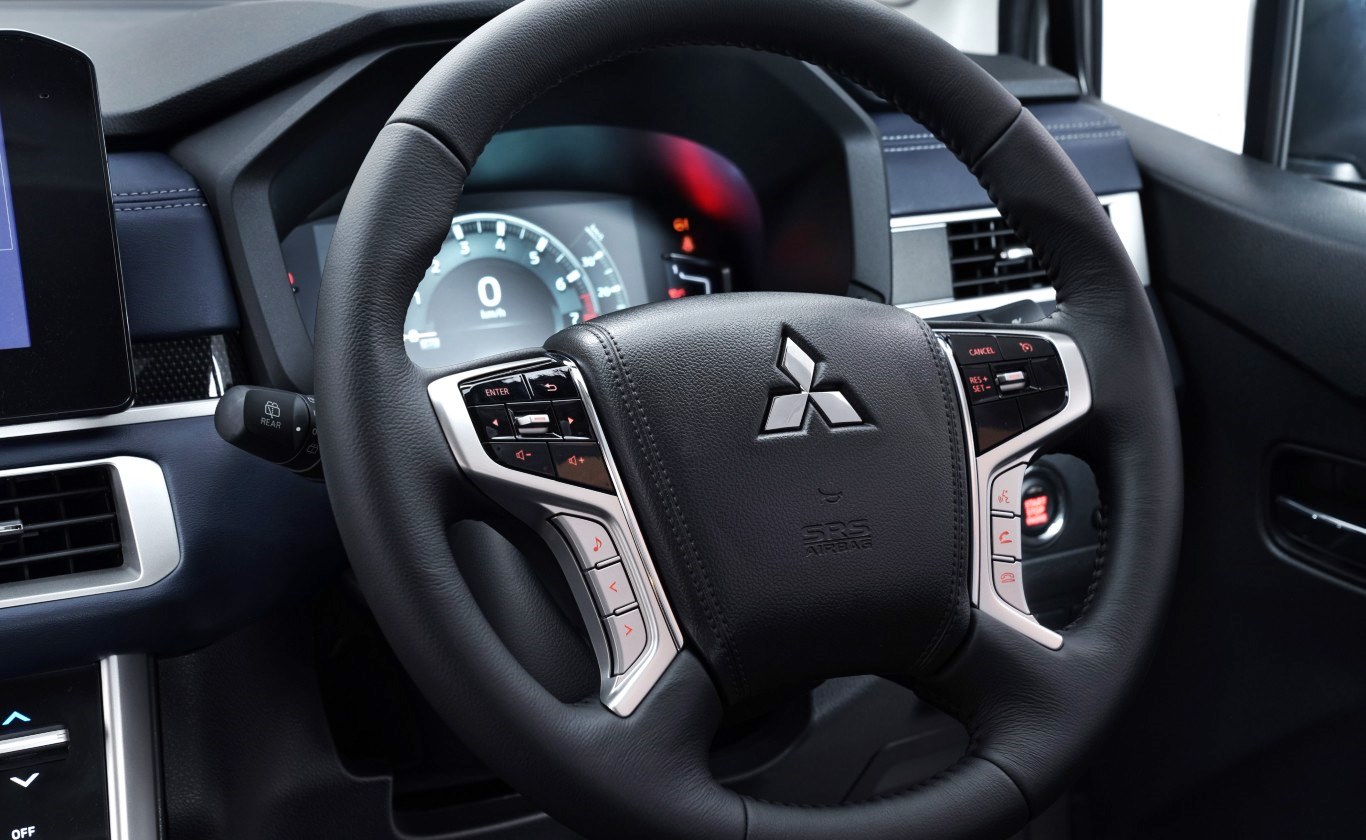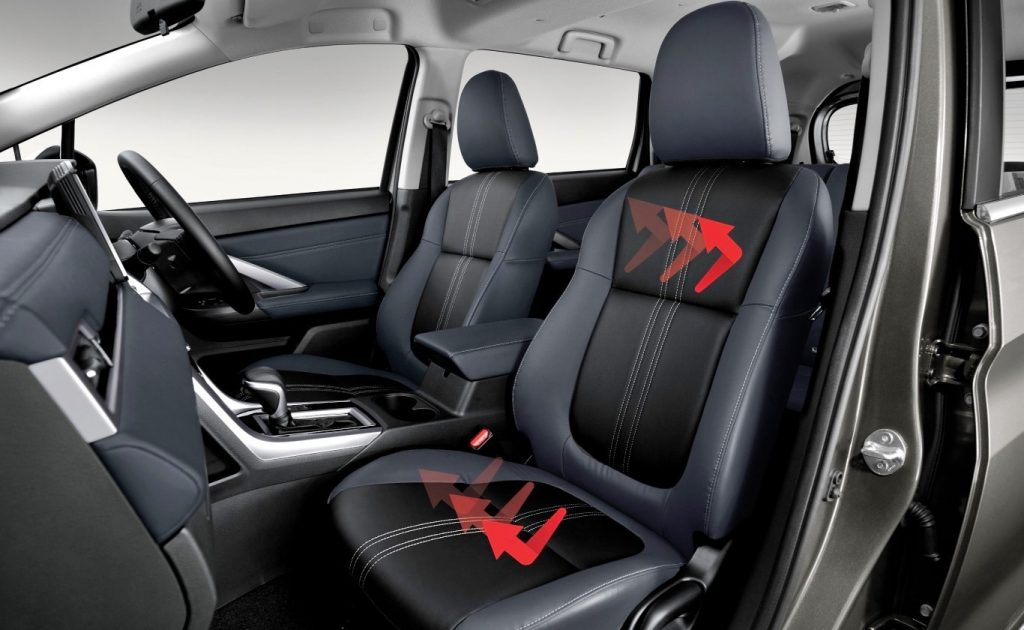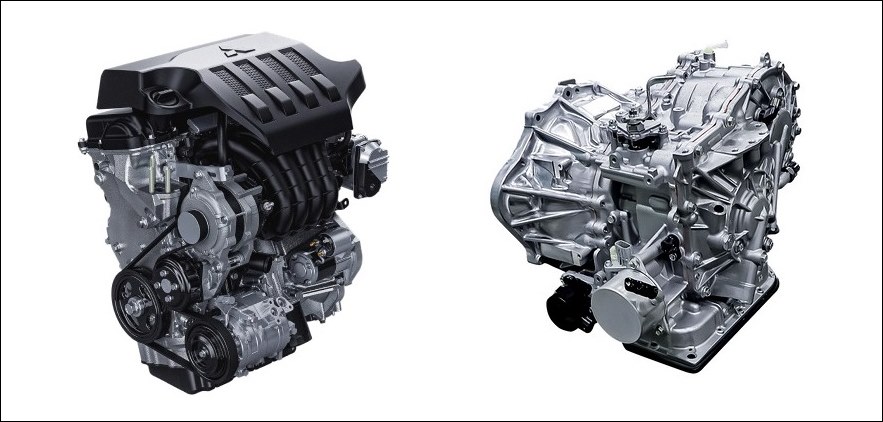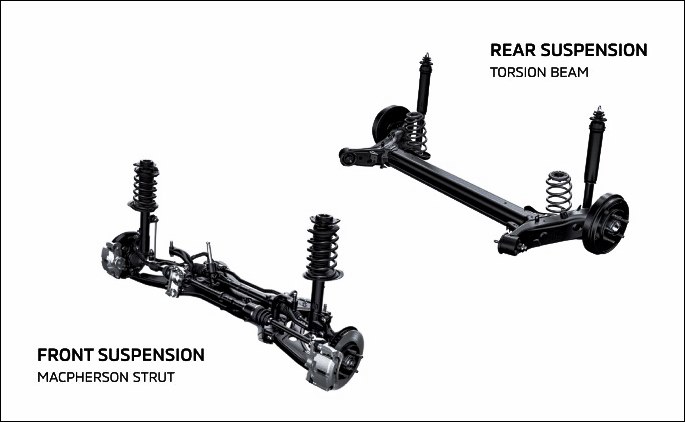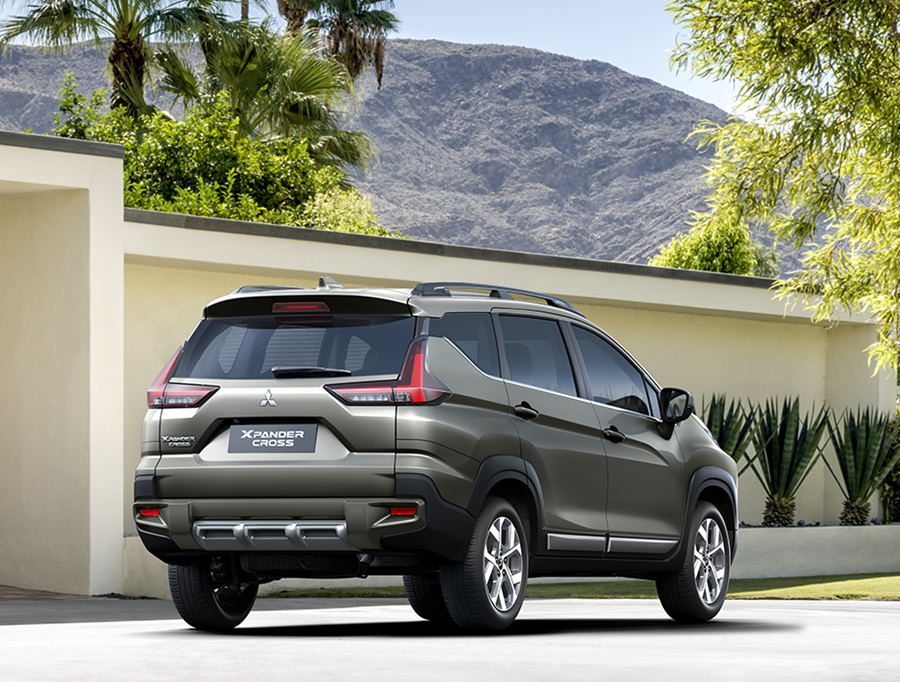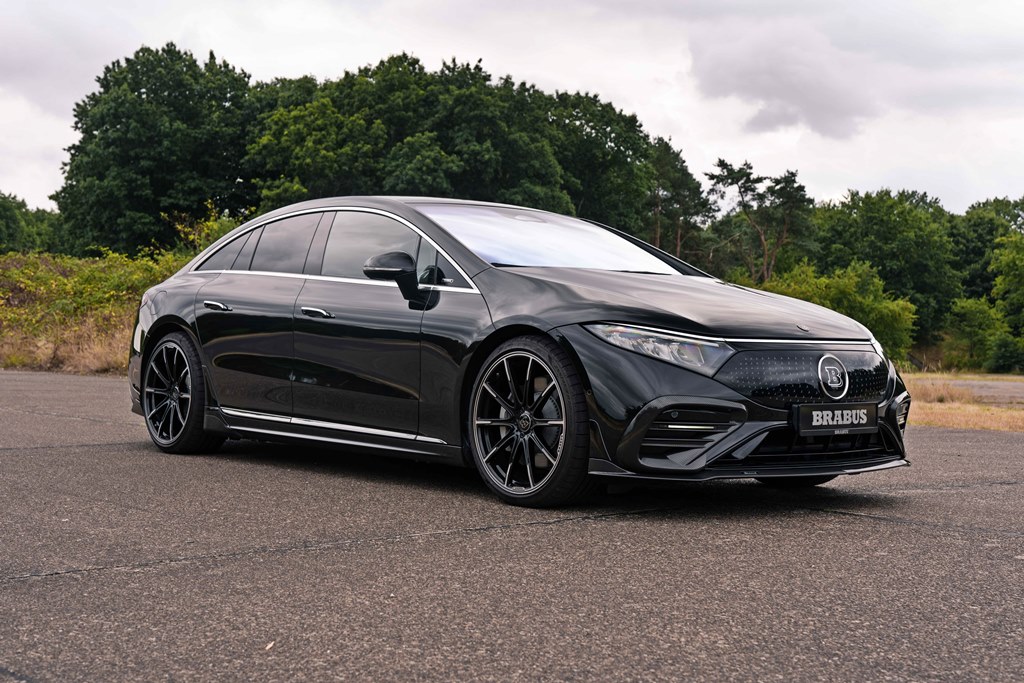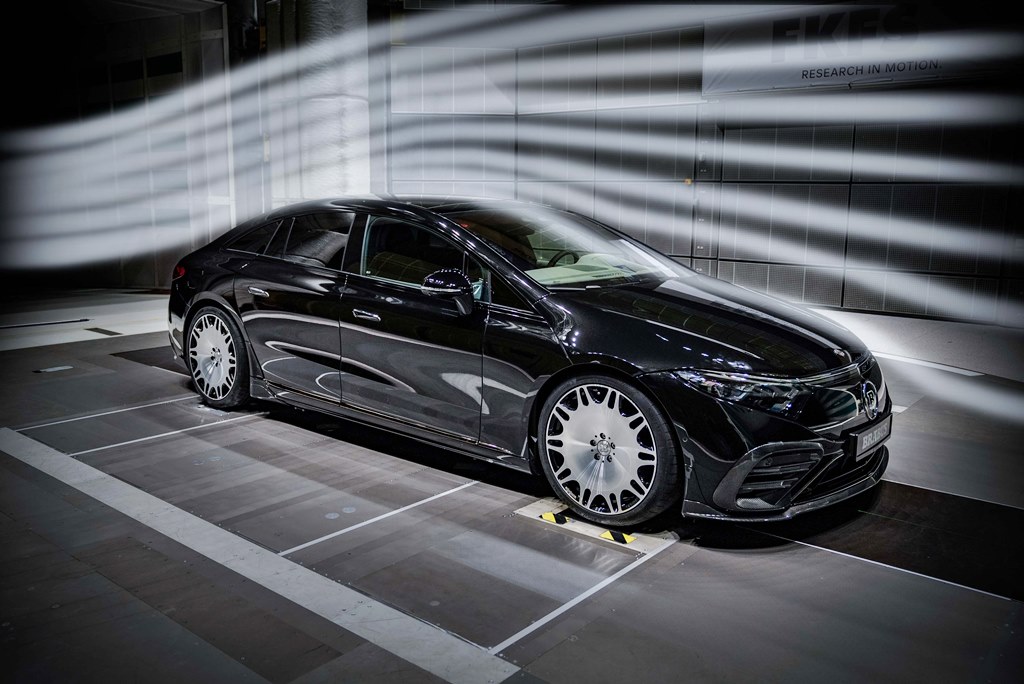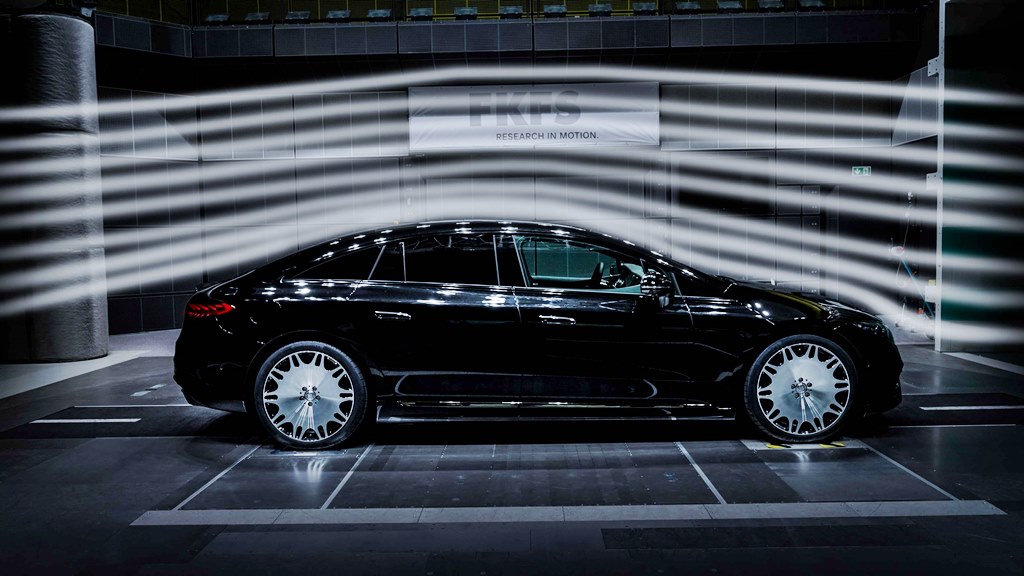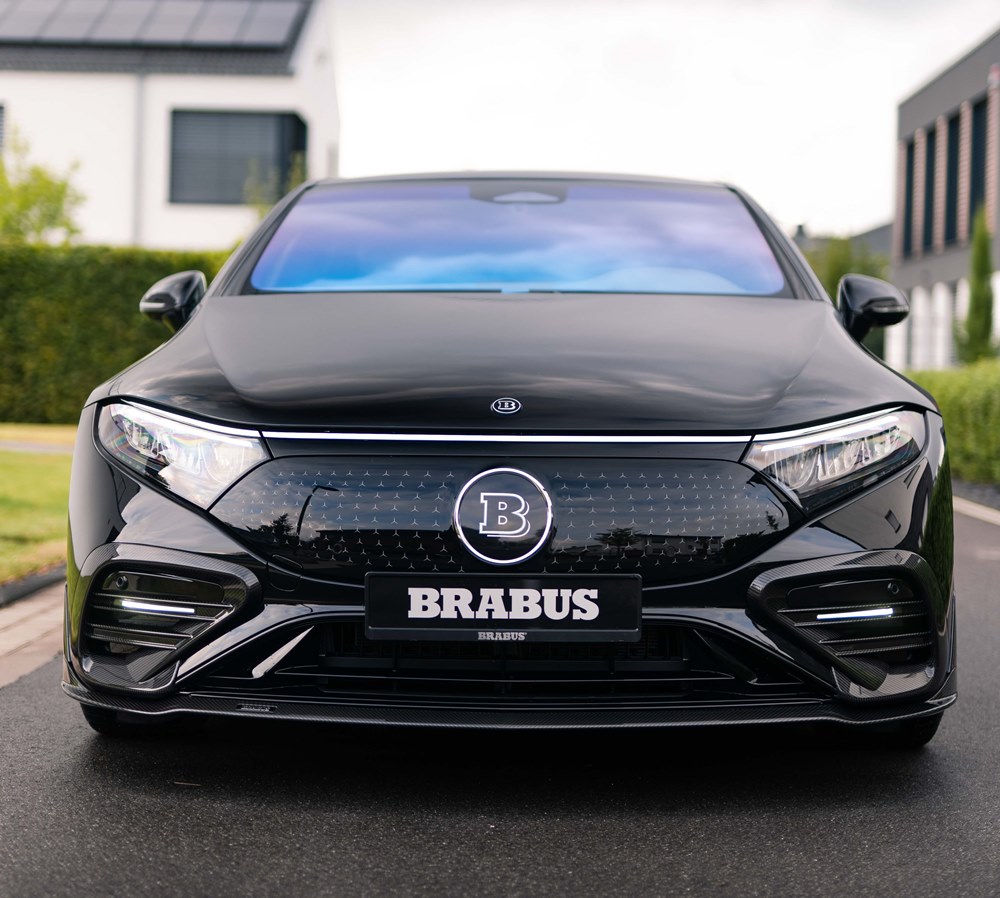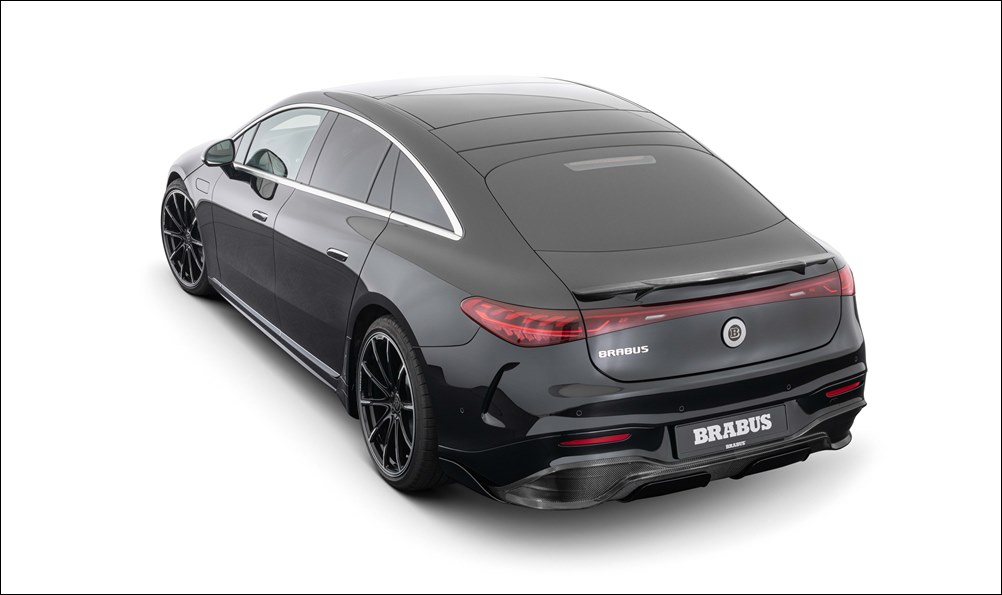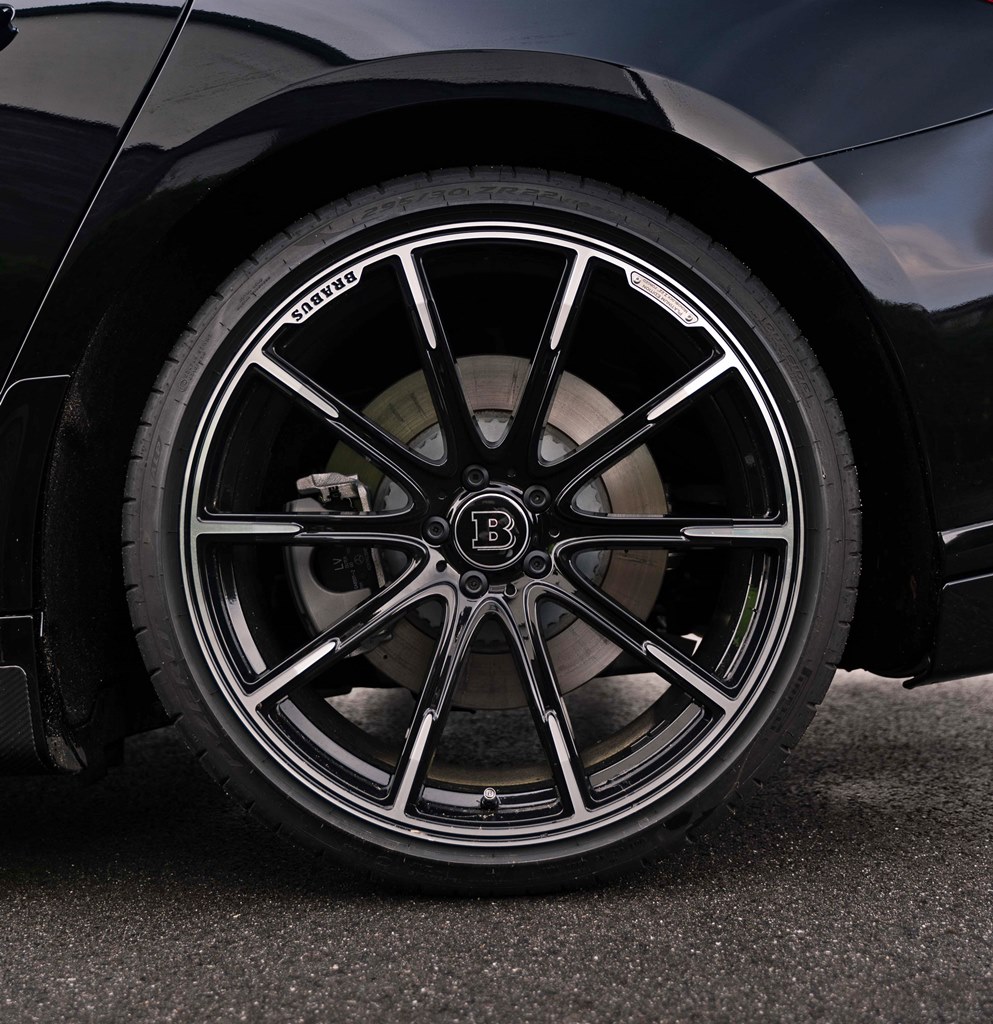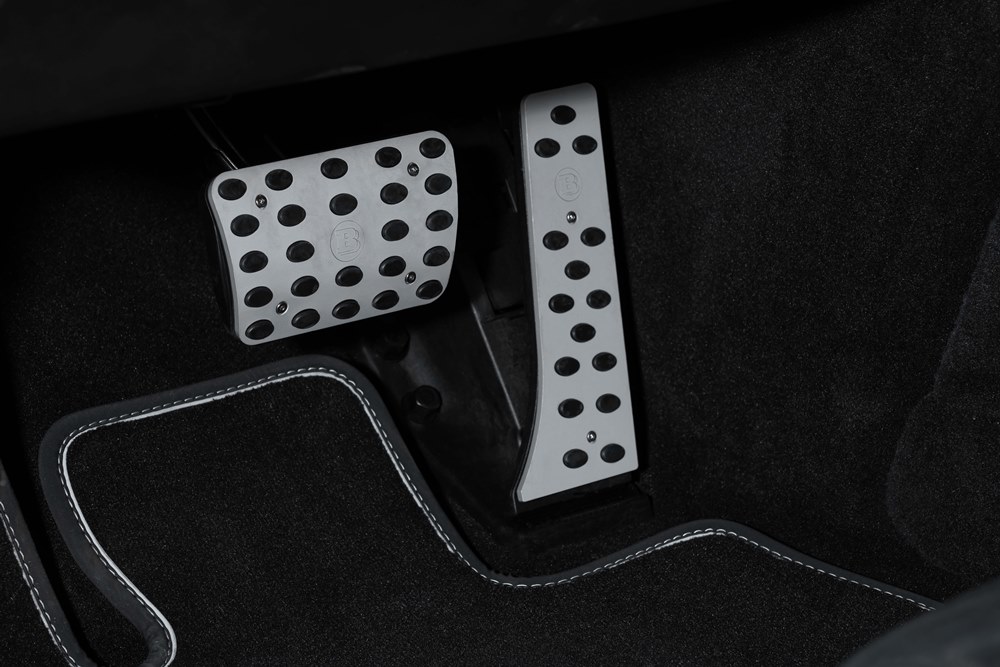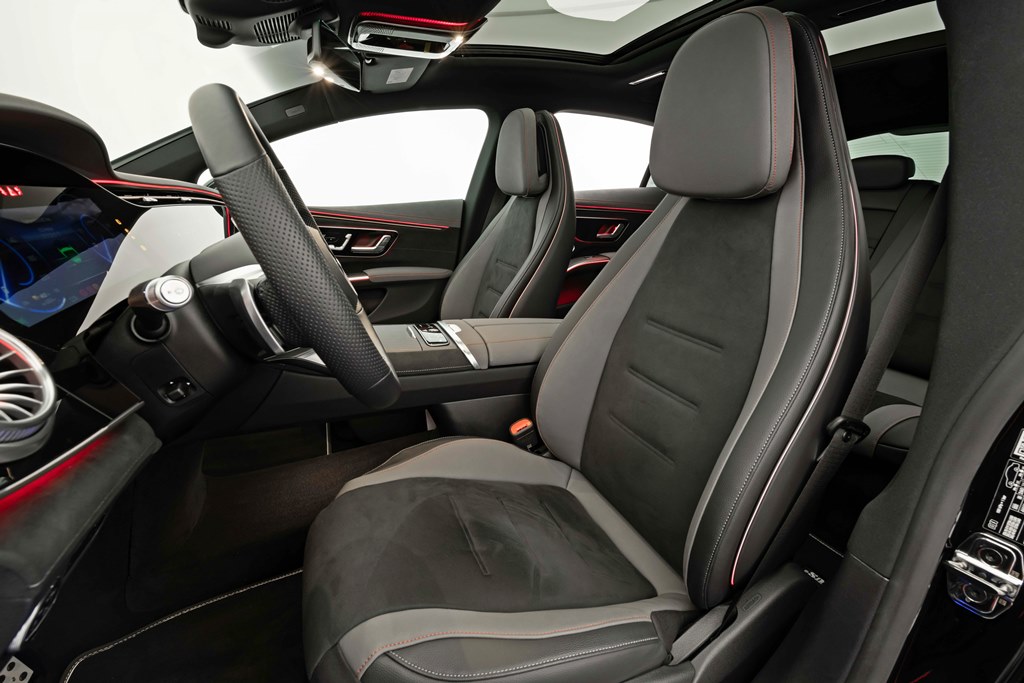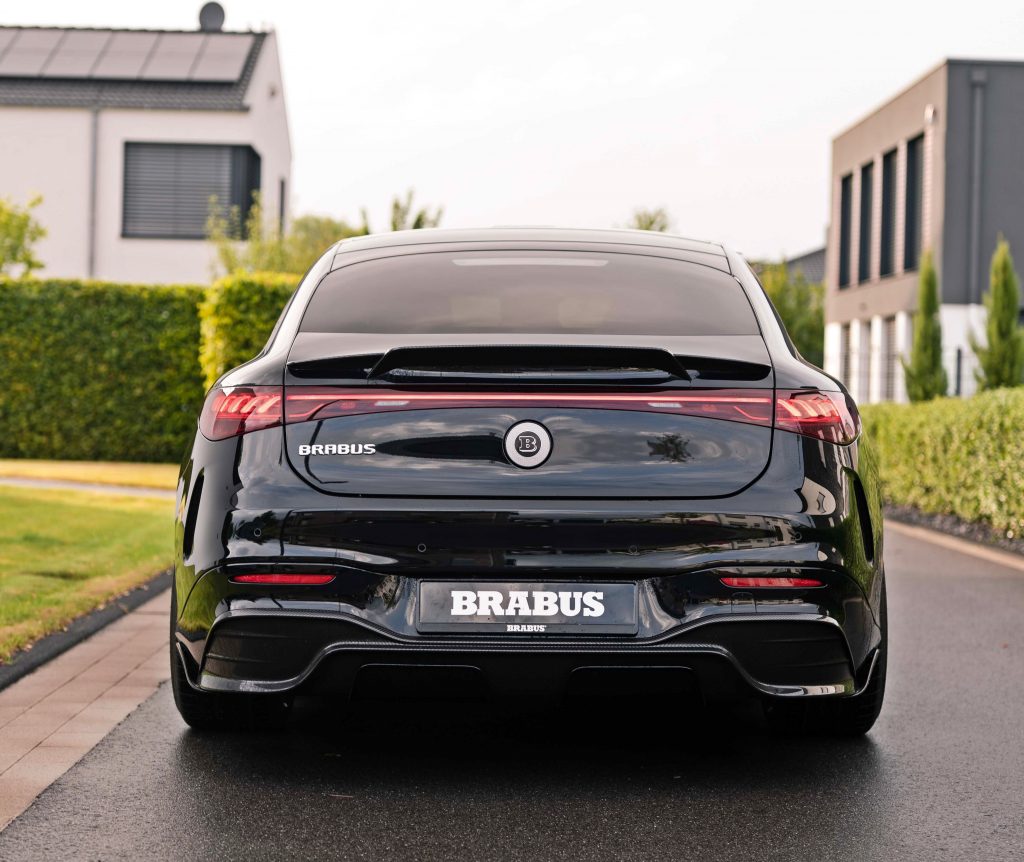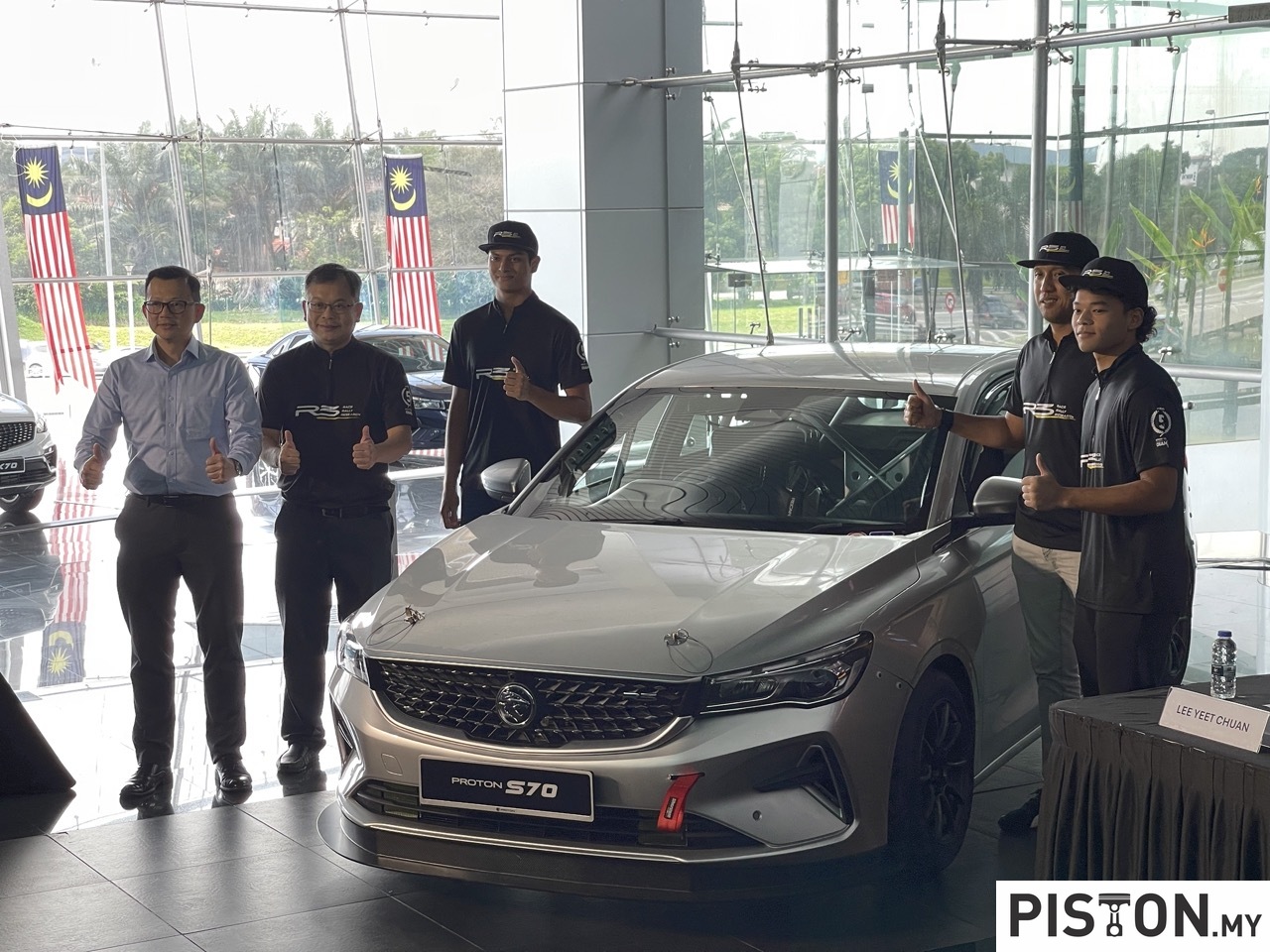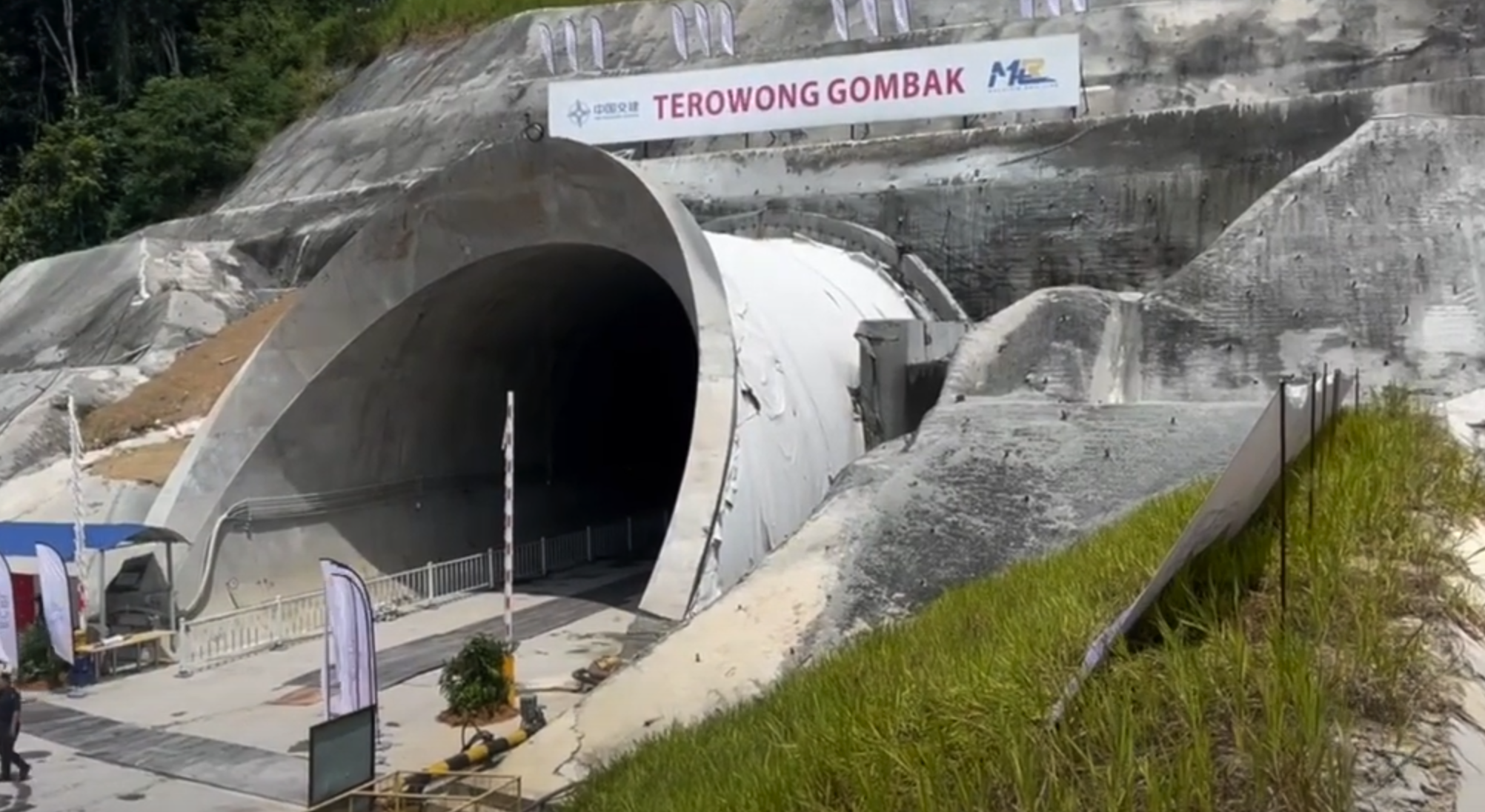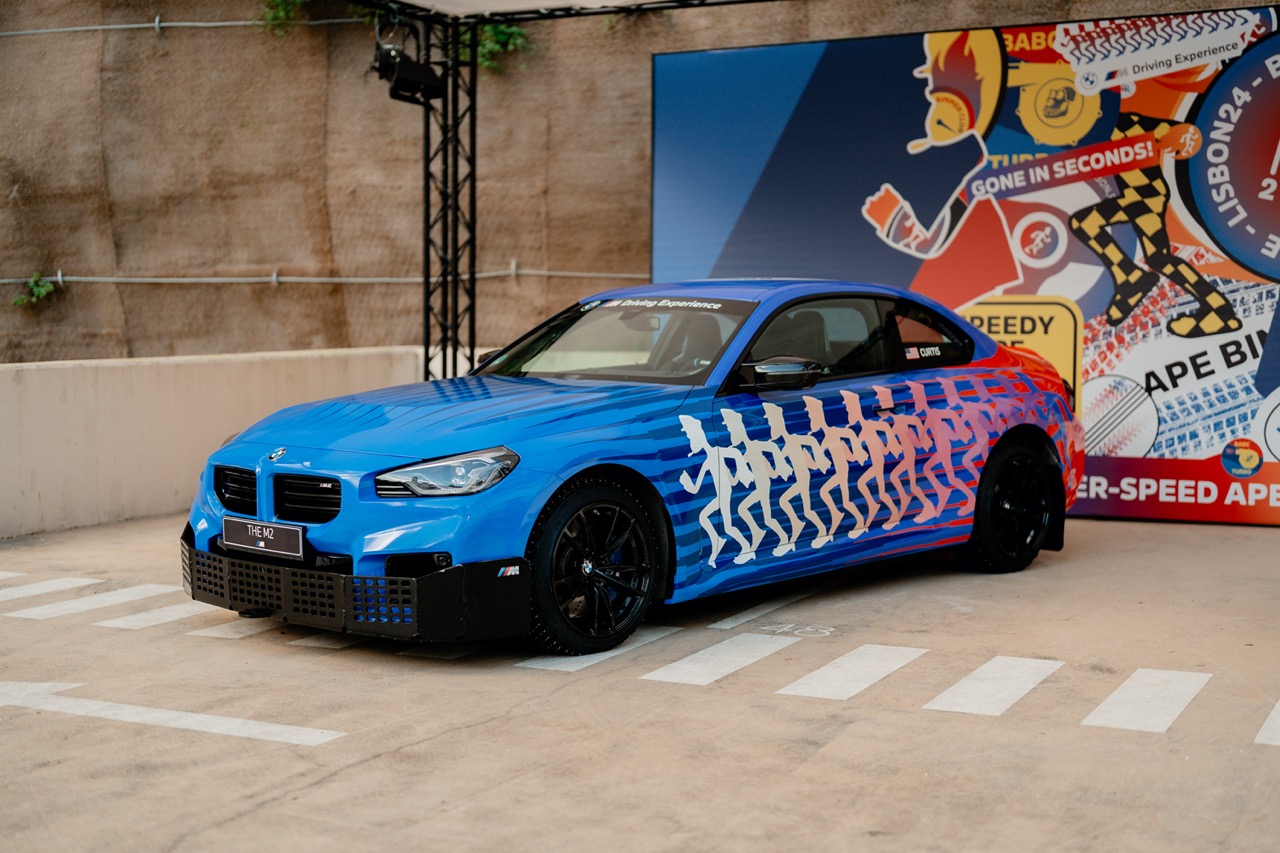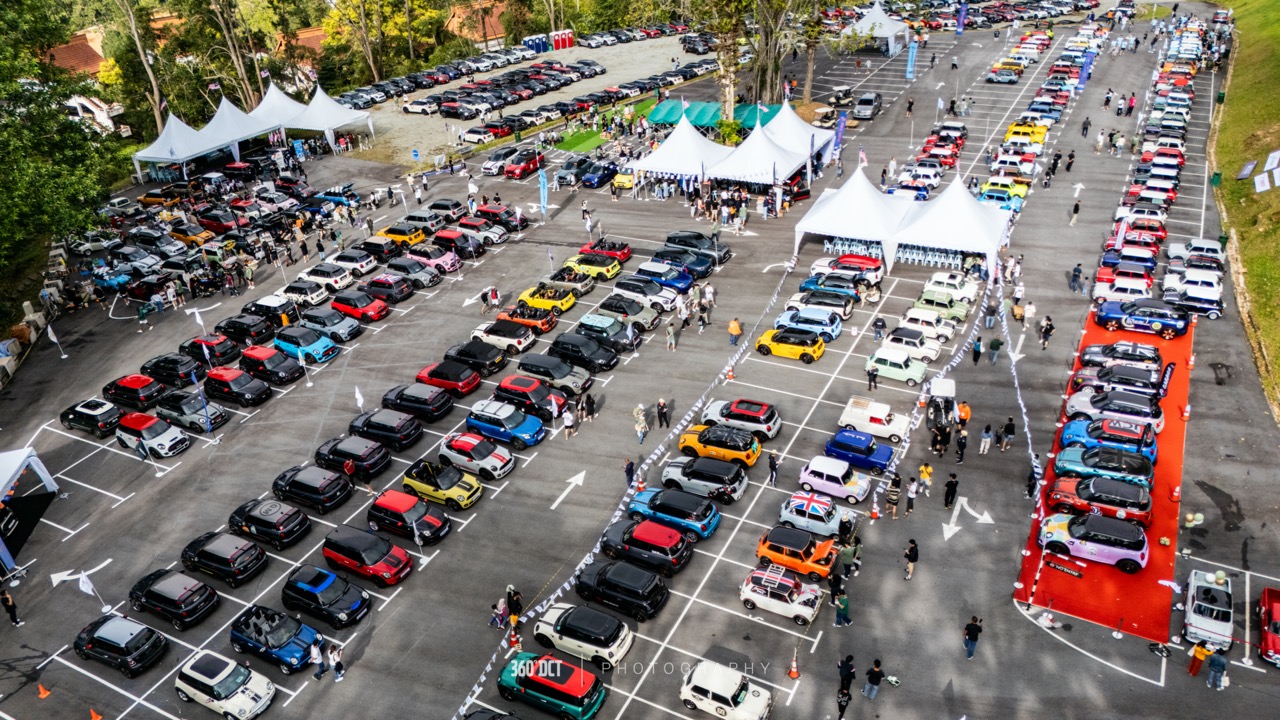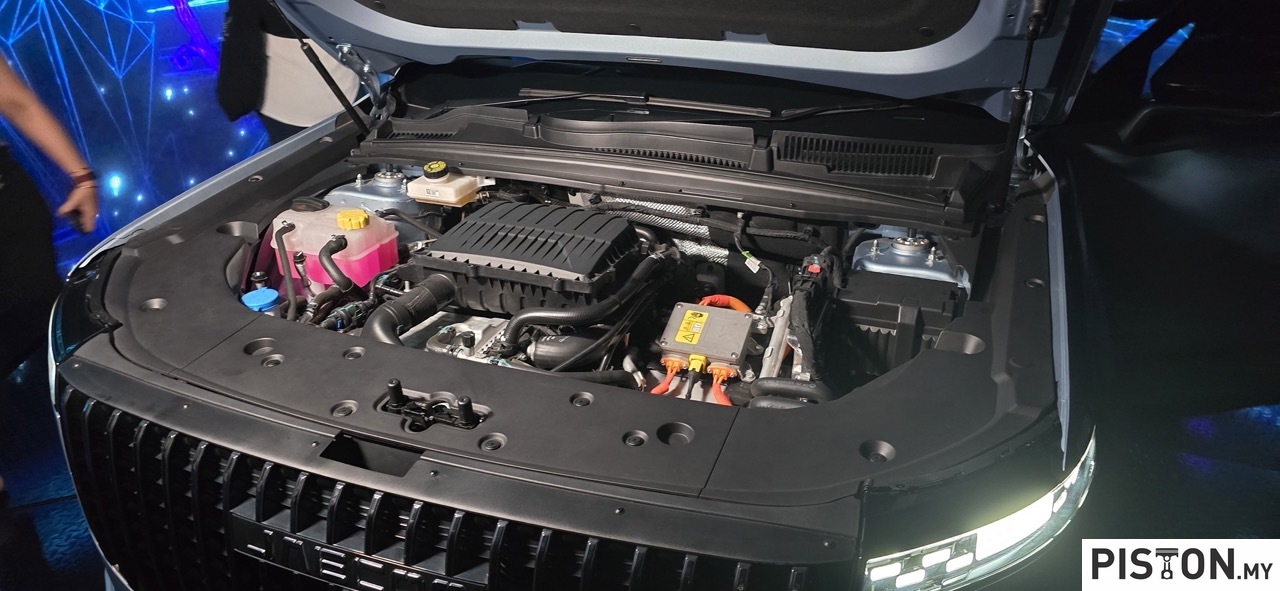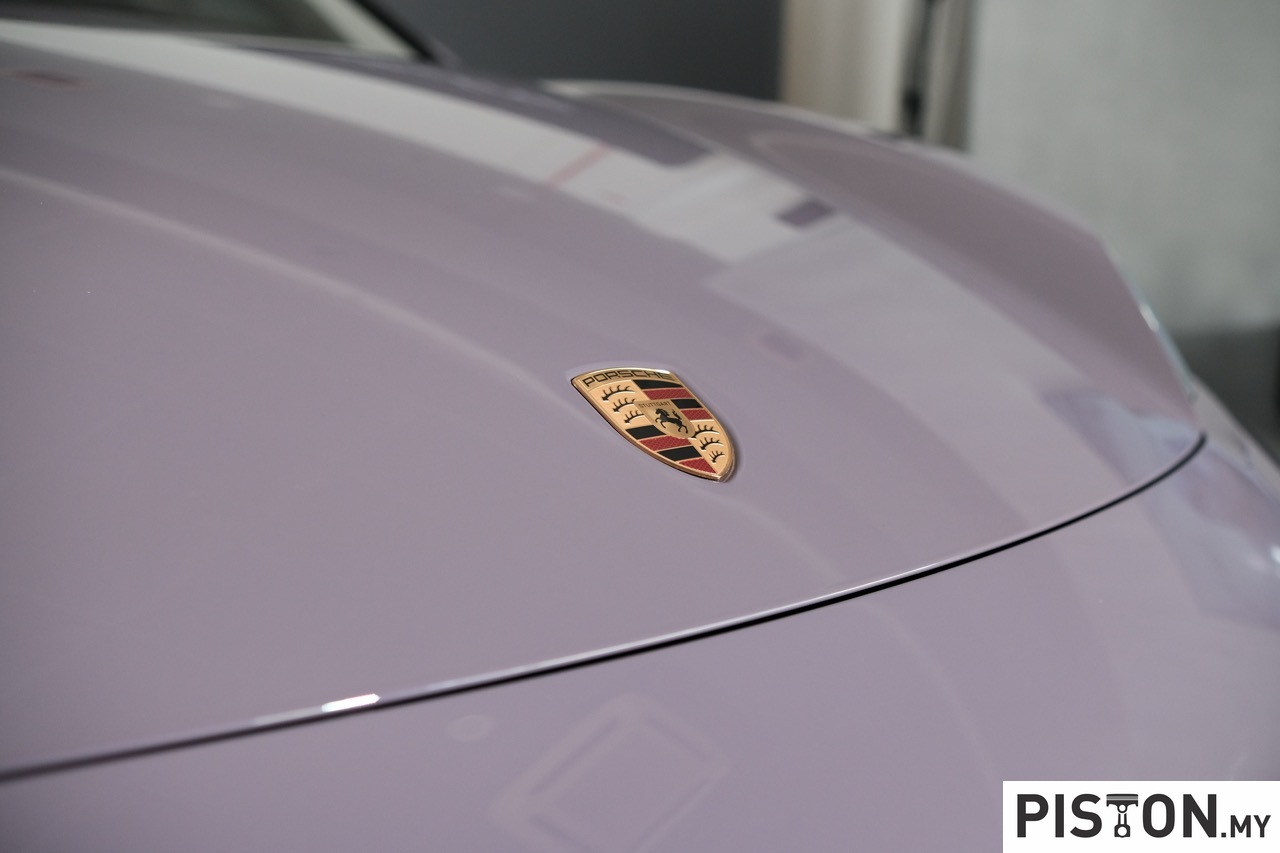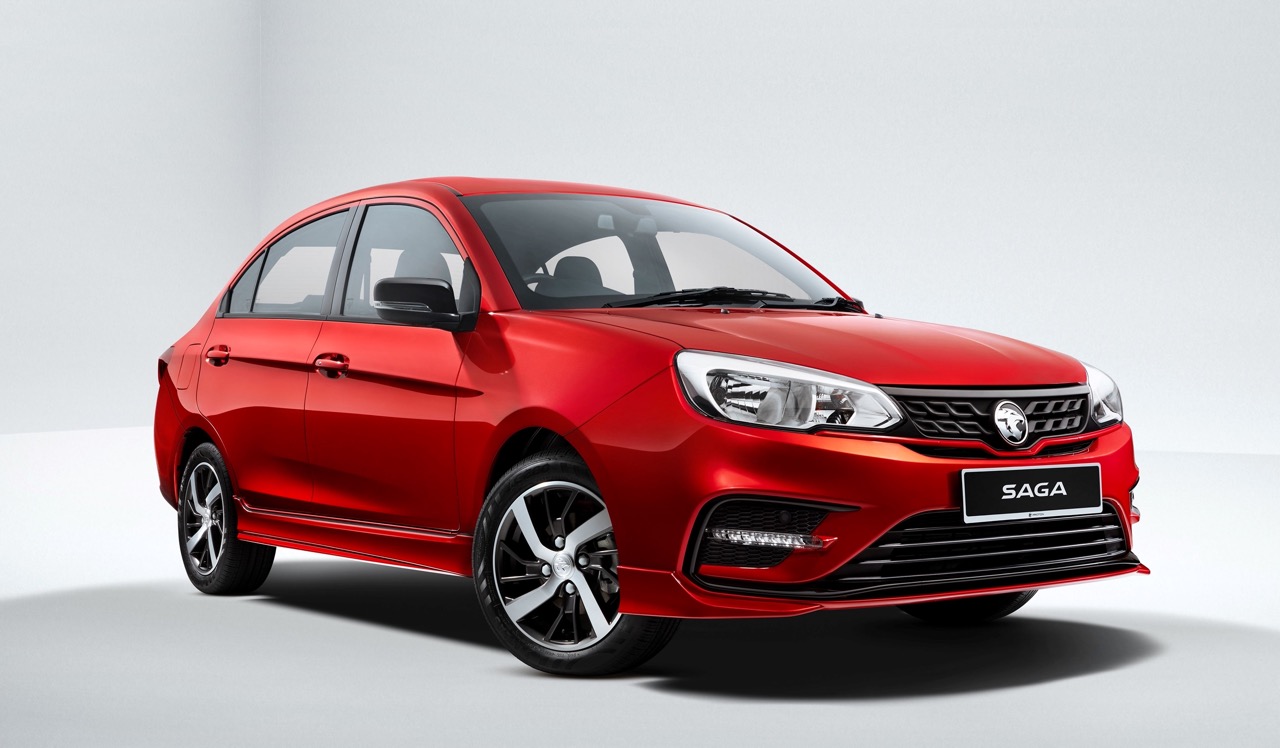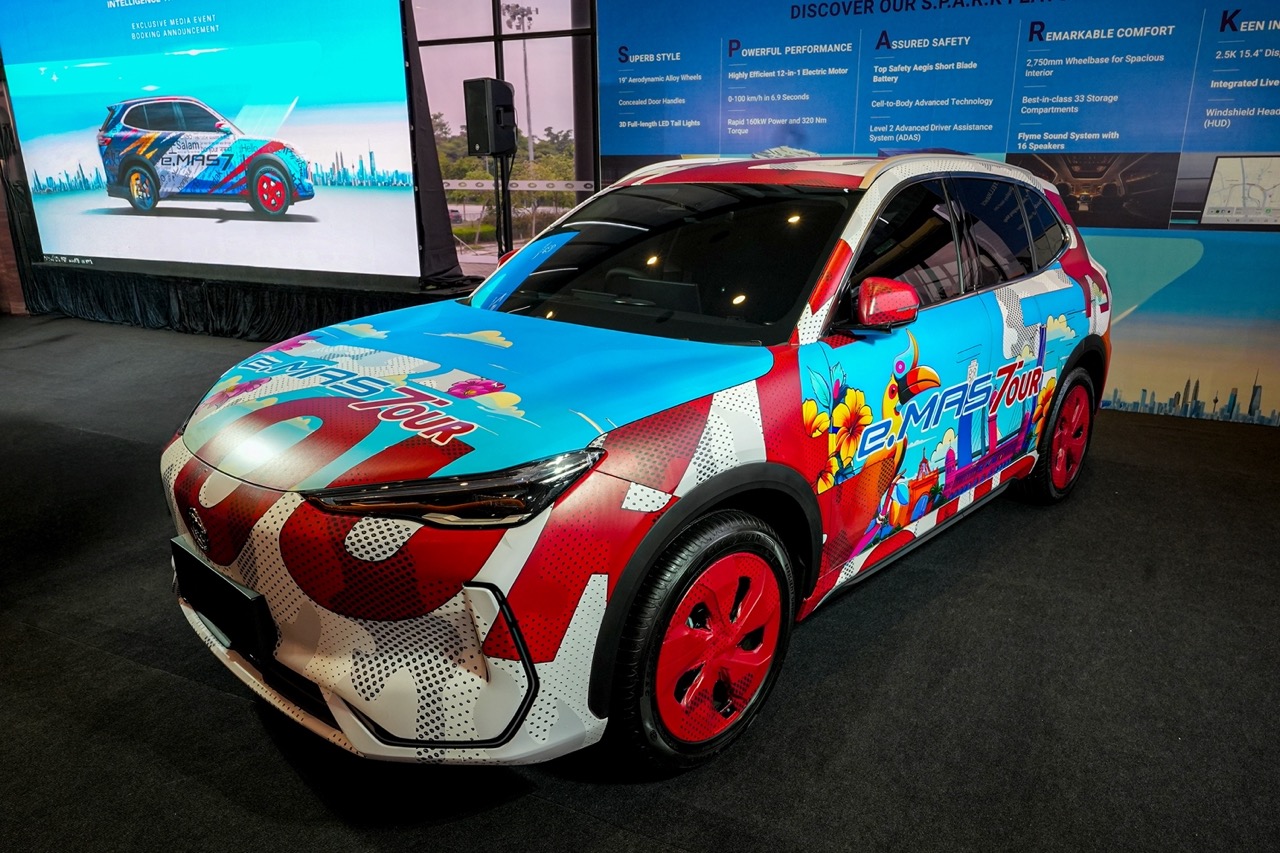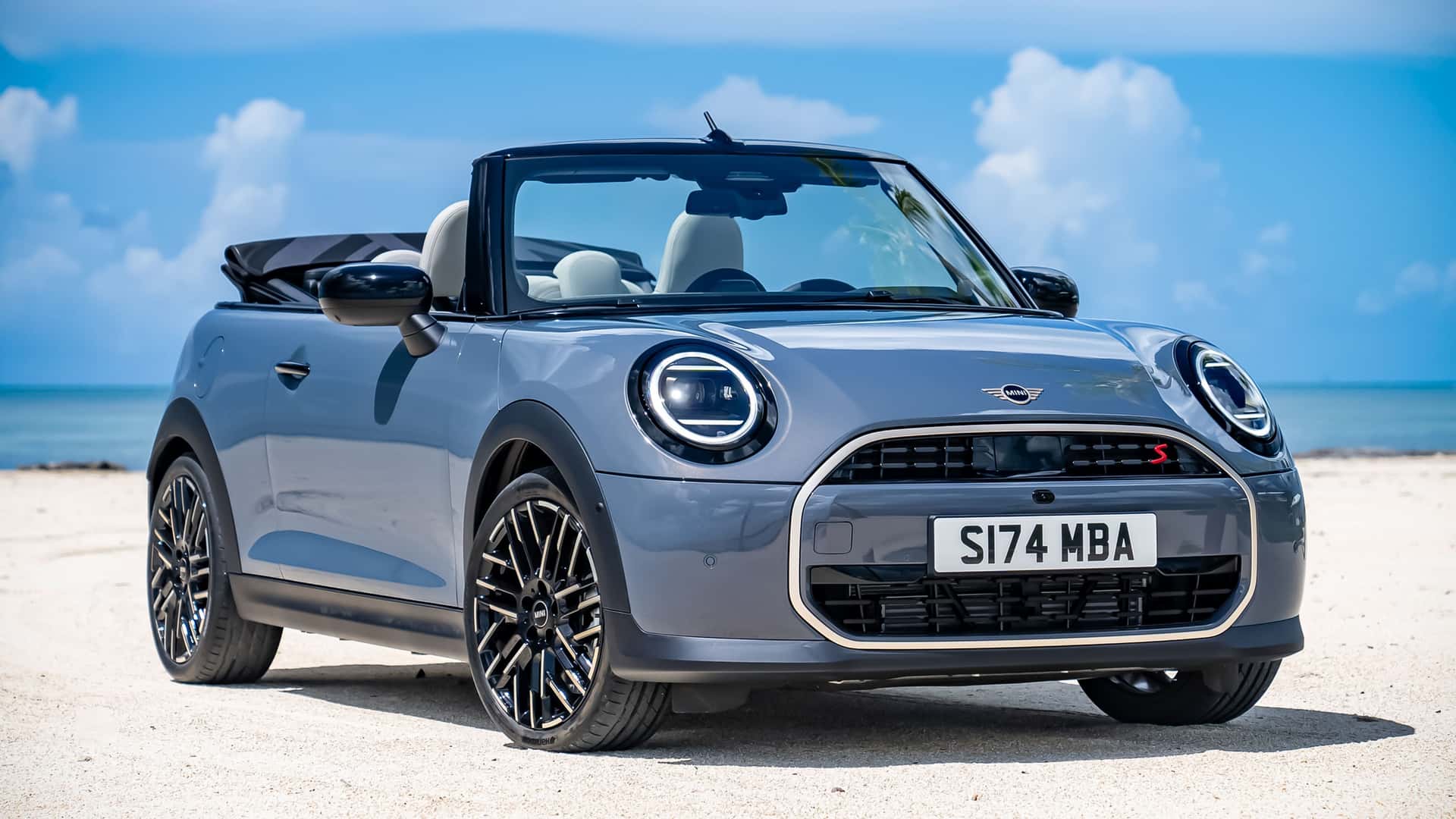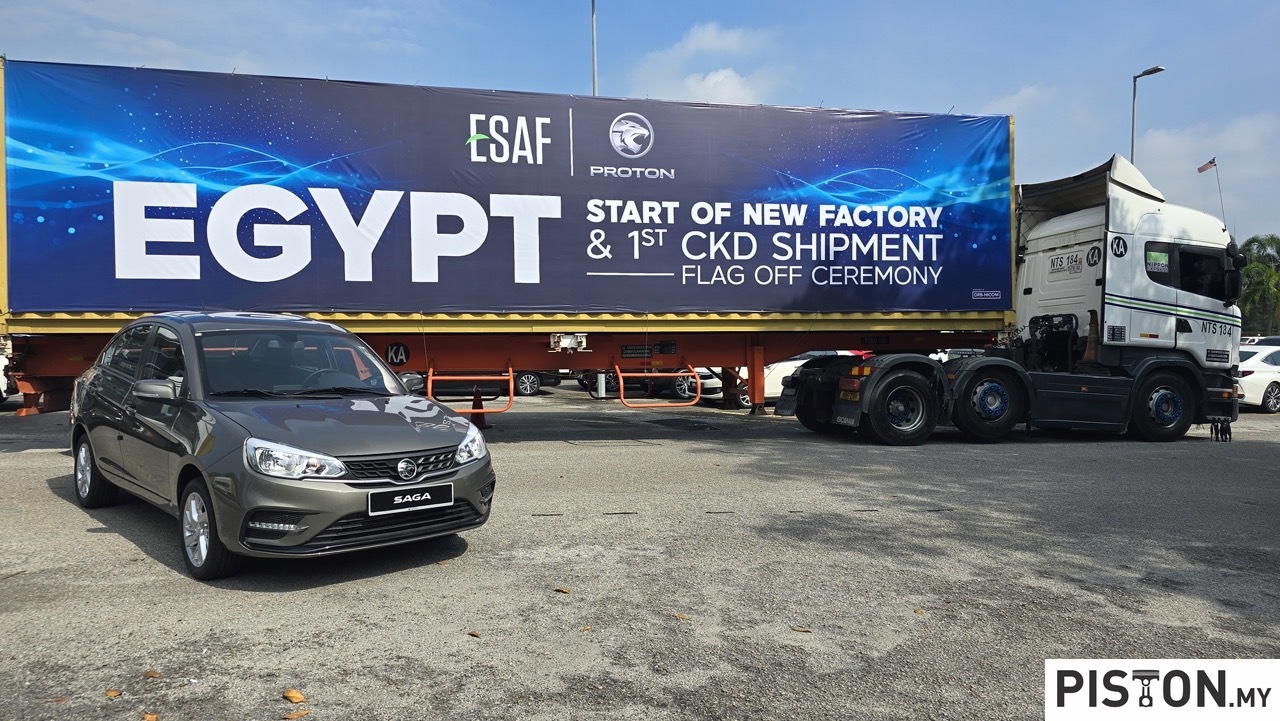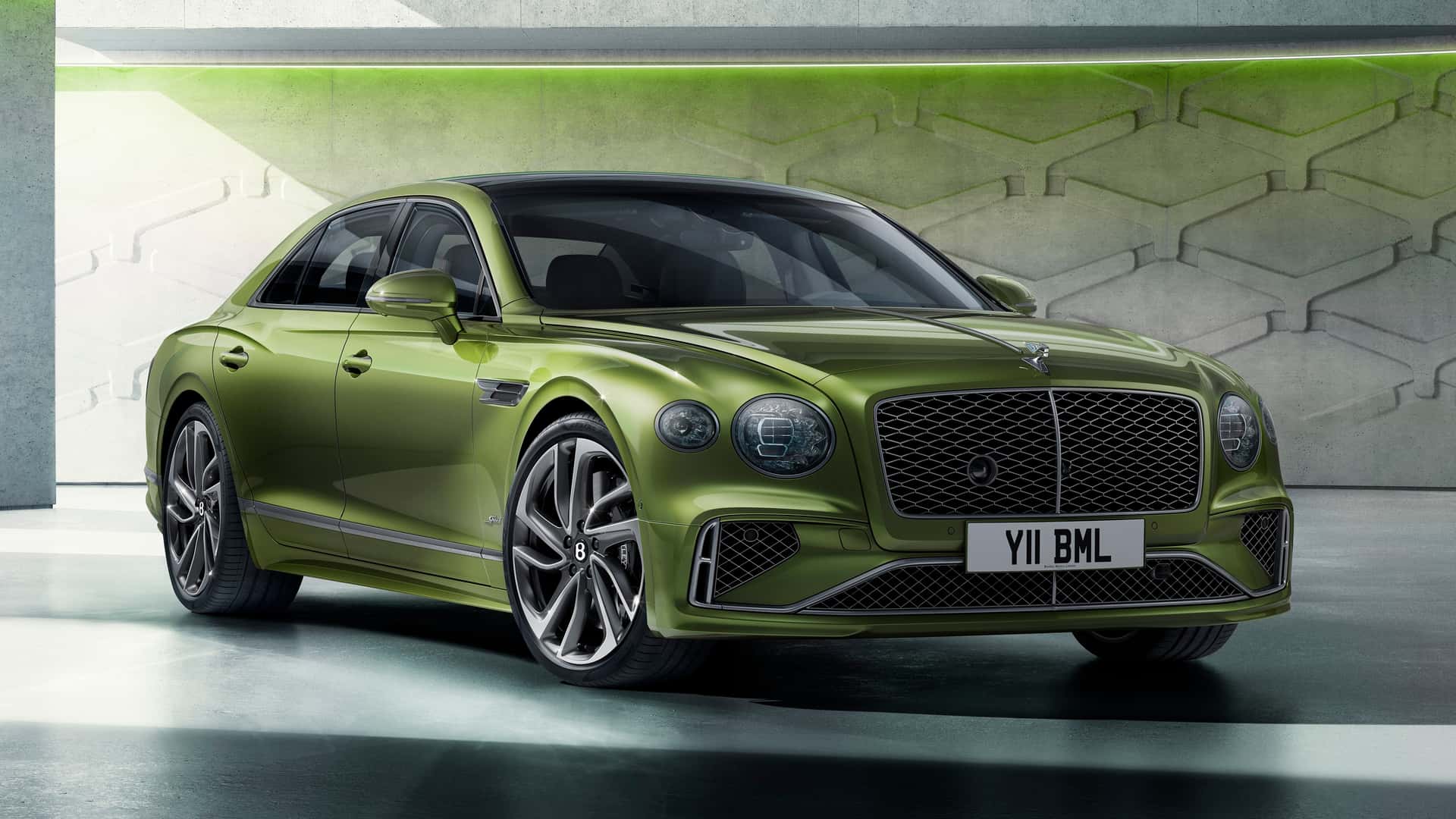Goodyear Malaysia’s Worry-Free Assurance (WFA) programme has been in the market almost ten years, having been introduced in 2013. It was initially offered with just one (the Assurance TripleMax) but within a short time, other tyres in the brand’s range were also included.
The original WFA programme had a straightforward benefit: if there were damages by road hazards, there would be free tyre replacement or partial credit for purchase of new Goodyear tyres, depending on the tread depth.
Goodyear Malaysia has now made improvements to the programme with extra benefits for motorists. “Since the Malaysian government announced the endemic phase in May, the number of cars on the road has seen an increase of two-fold compared to 2019. As such, we want to encourage our customers to be aware of their vehicle tyre’s health so they can drive with peace of mind. As an advocate of on-the-road safety, we believe the new Worry-Free Assurance programme will help our customers stay safe and have an enjoyable drive for the long run,” said Alex Ng, Managing Director of Goodyear Malaysia.
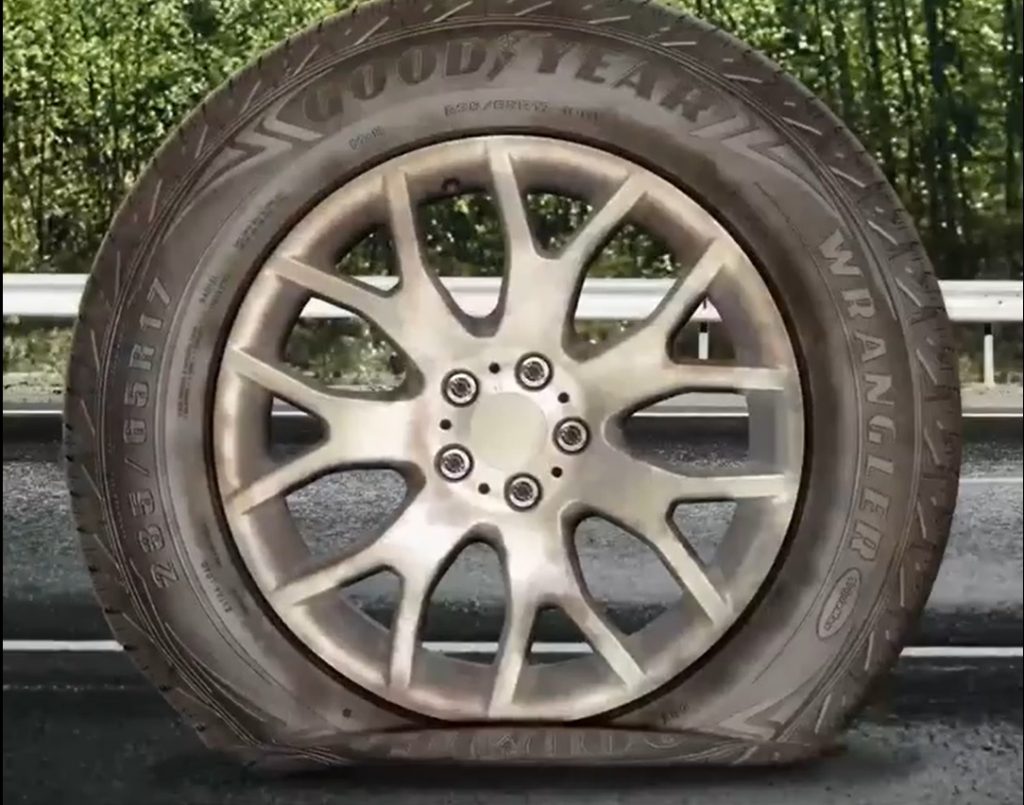
Added benefits for customers
The new WFA programme is available at no extra cost for all customers who purchase any new Goodyear consumer tyres and now there is no minimum purchase as a condition. However, as before, motorists who have Goodyear tyres that come fitted as standard on their new vehicle will not have WFA coverage.
Customers who register for WFA will enjoy the security of a 1-year Road Hazard Warranty from the date of purchase. They will be eligible for a free 1-to-1 exchange if tyres are damaged beyond repair caused by road hazards such as potholes and/or sharp objects during normal driving. The tyres should have a tread depth of 5.0 mm and above to qualify for the exchange. This new feature is an extension of the previous WFA with 6-month coverage with a minimum tread depth of 6.0 mm.
Free tyre safety check
The new WFA programme ensures that the tyres are in optimal condition by providing 2 free tyre safety checks. Customers may return to the original Goodyear Autocare centre where they purchased their tyres from for these safety checks on the sixth and twelfth months after the date of purchase.

Warranty up to 5 years
Goodyear Malaysia has updated their terms and condition where the 5-year limited warranty will cover 5 years from the date of purchase stated in the original invoice, instead of from the manufacturing date on the tyres. This is fairer to the customer since the tyres might not be sold immediately after they leave the factory.
However, in the event that the original invoice is not available, the limited warranty will cover the tyres from the date of manufacturing instead. Under this warranty, Goodyear also covers manufacturing defects in workmanship or materials used.
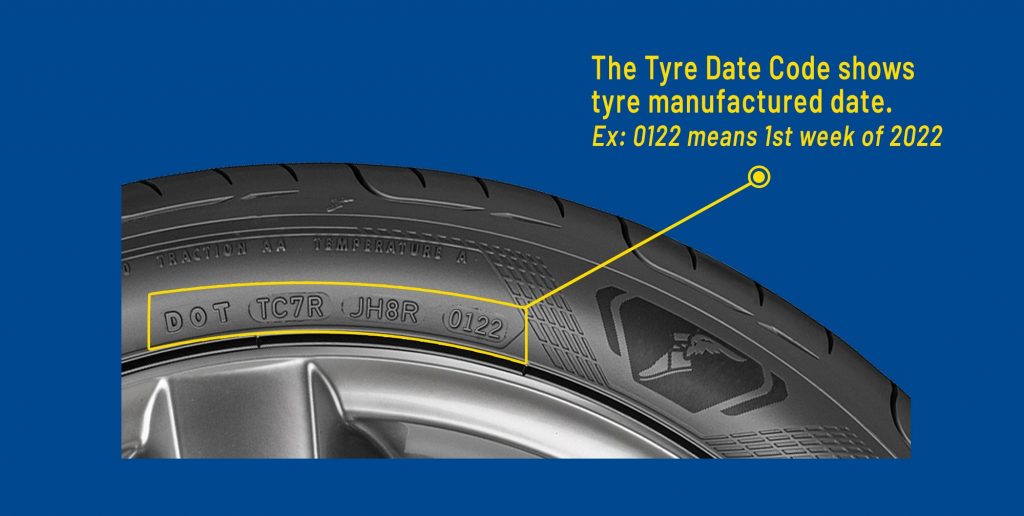
Easy registration online
The process of registering for WFA is easy as it can be done online with submission of scans of the receipt and WFA card number. Each tyre purchase should come with a WFA card but if it is not available should a claim be made (or for the safety check), customers can print out the WFA online registration instead.





